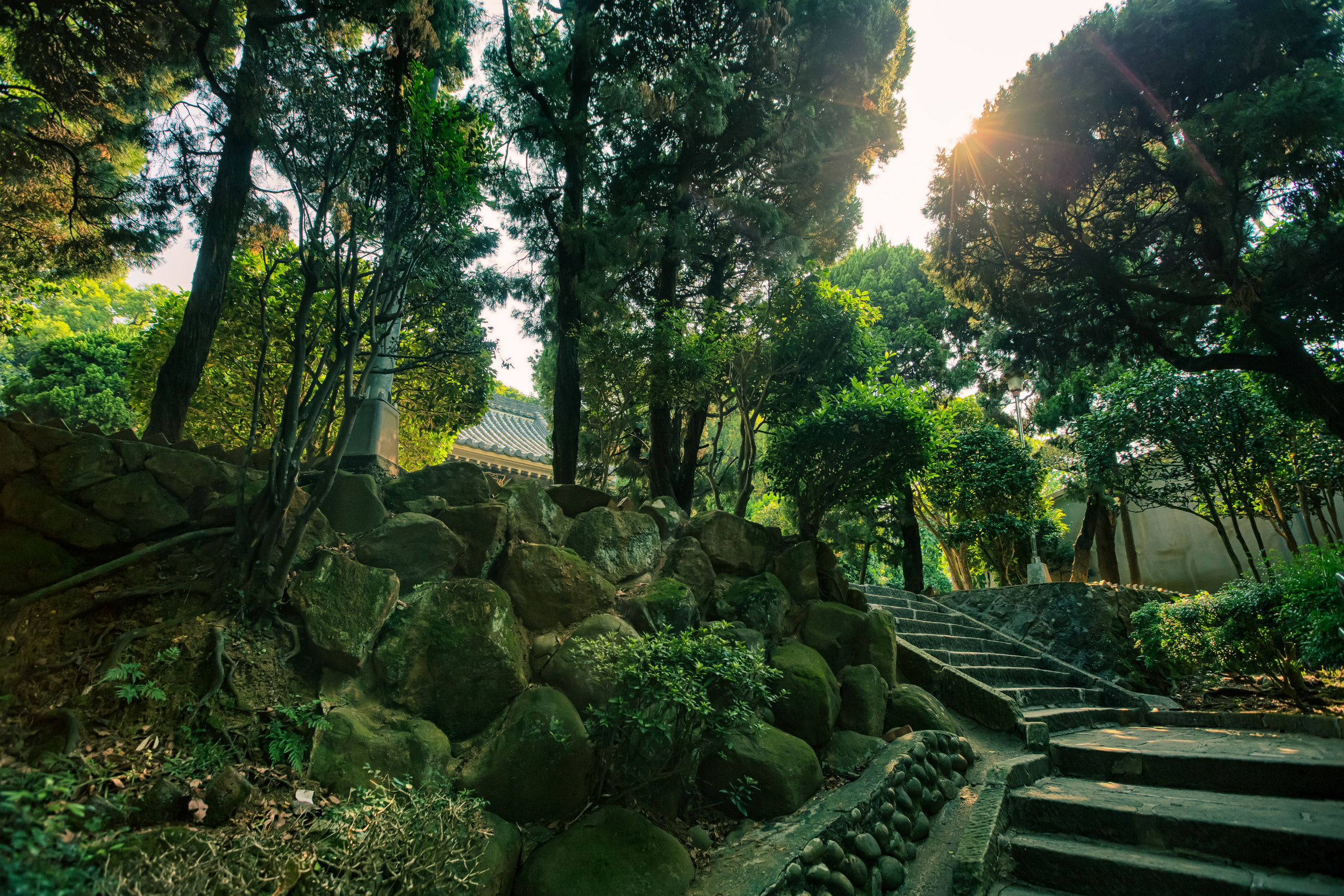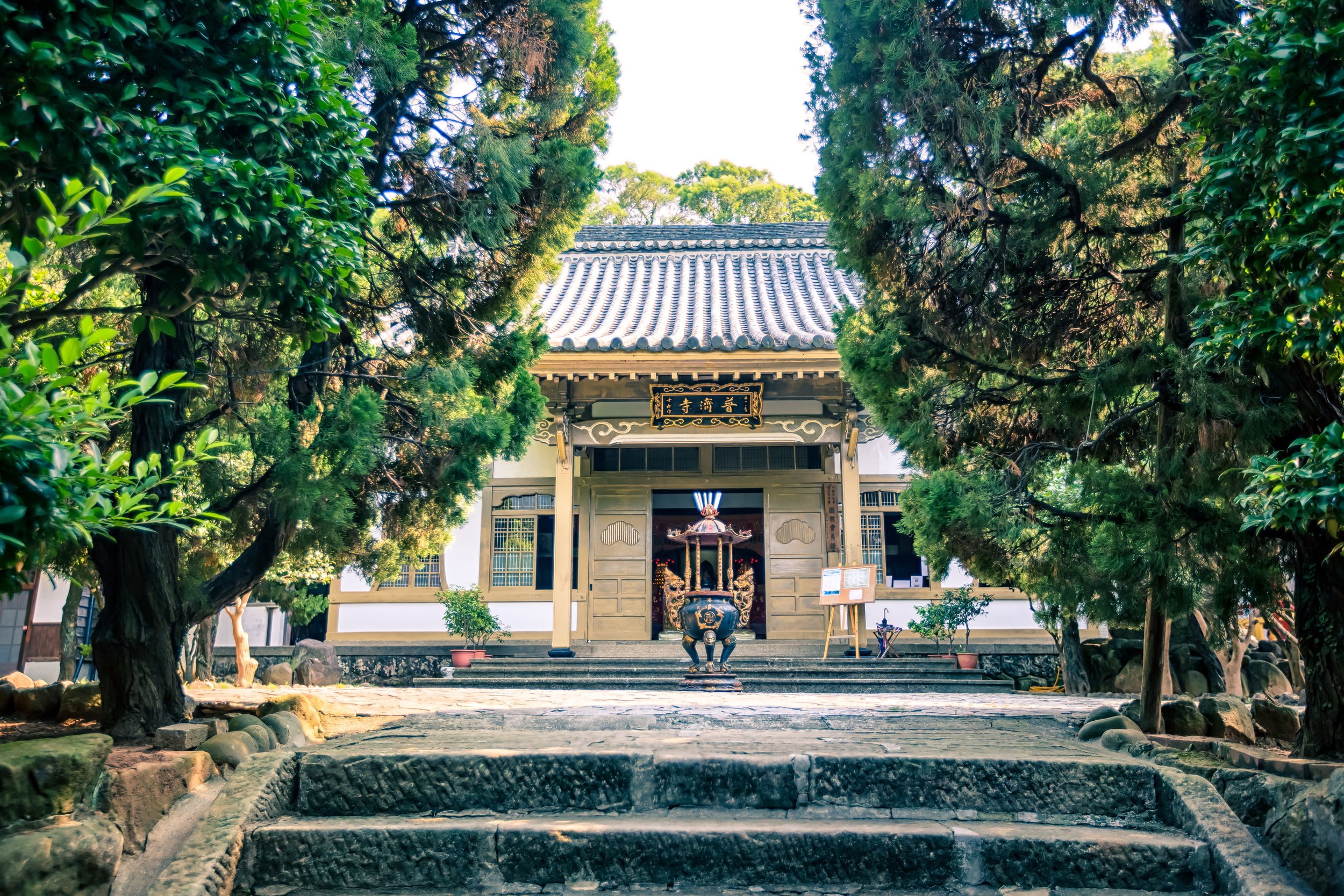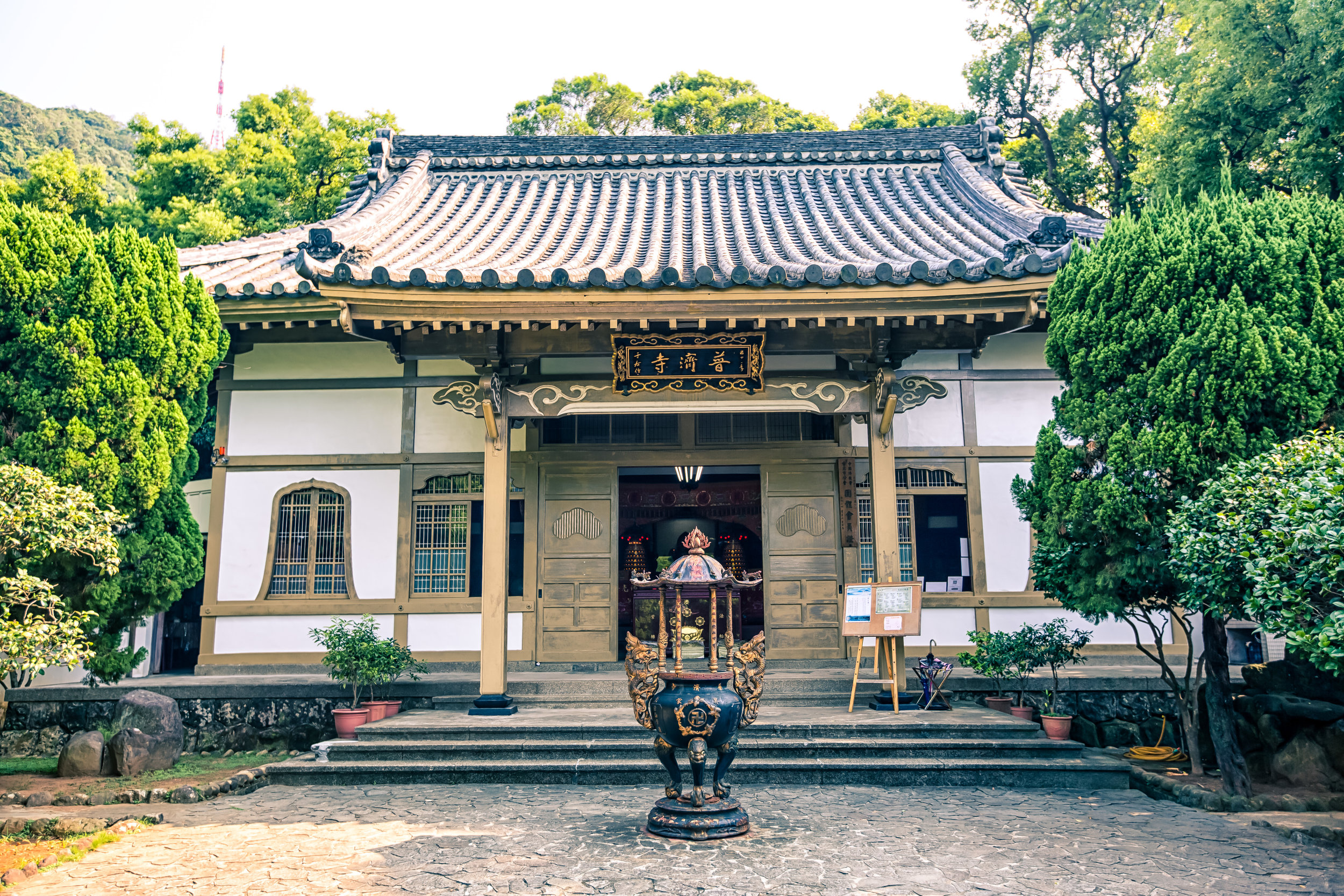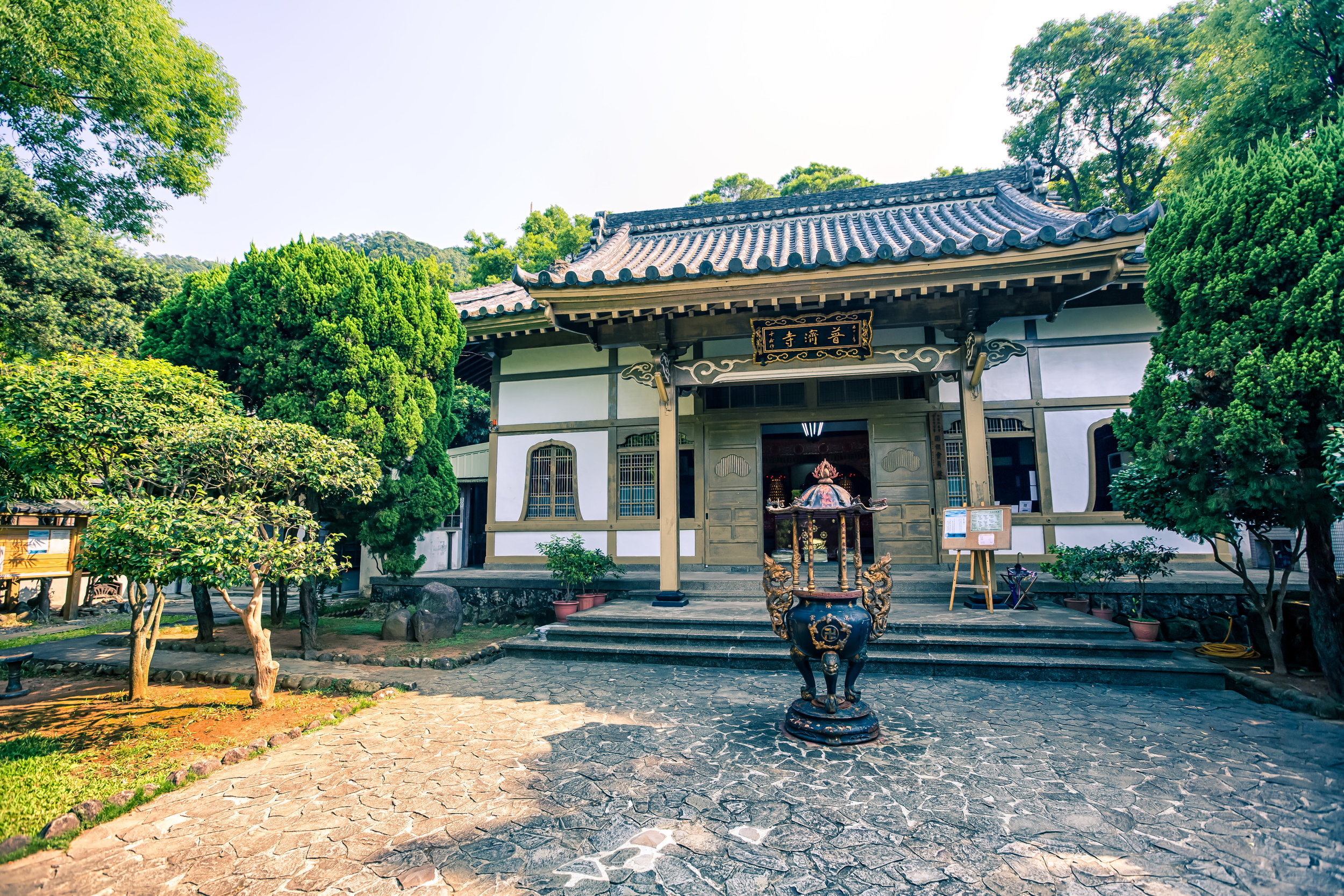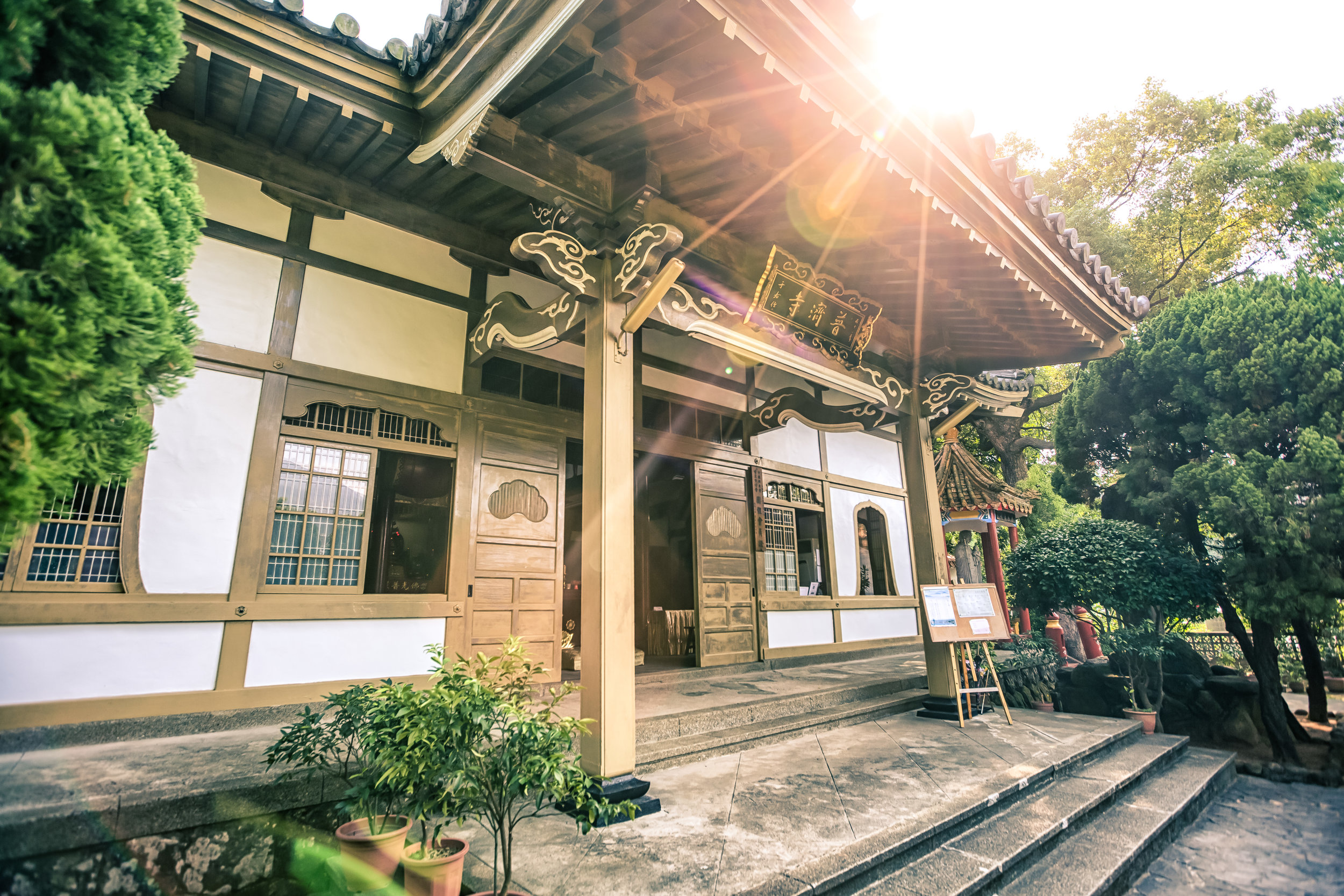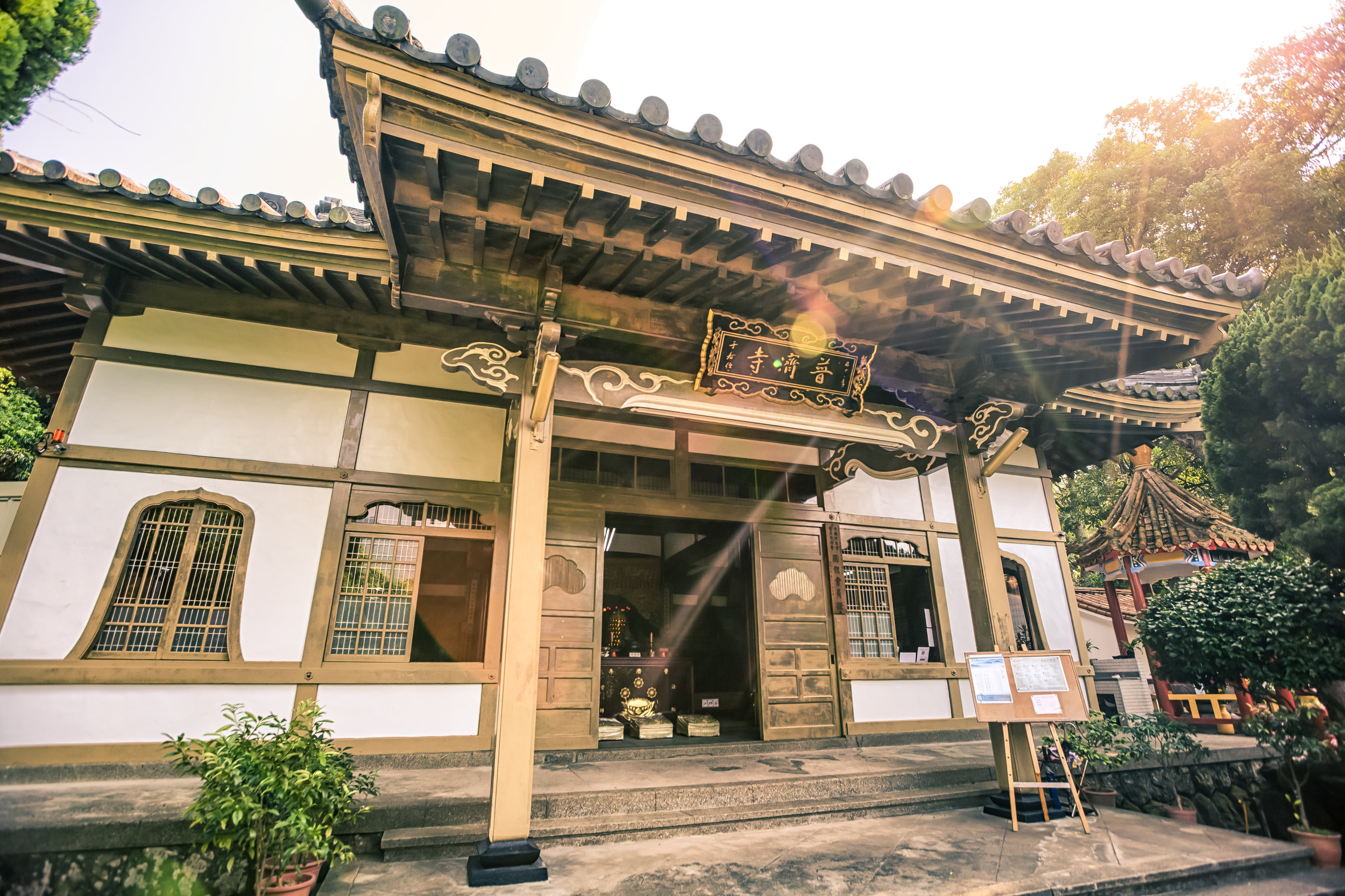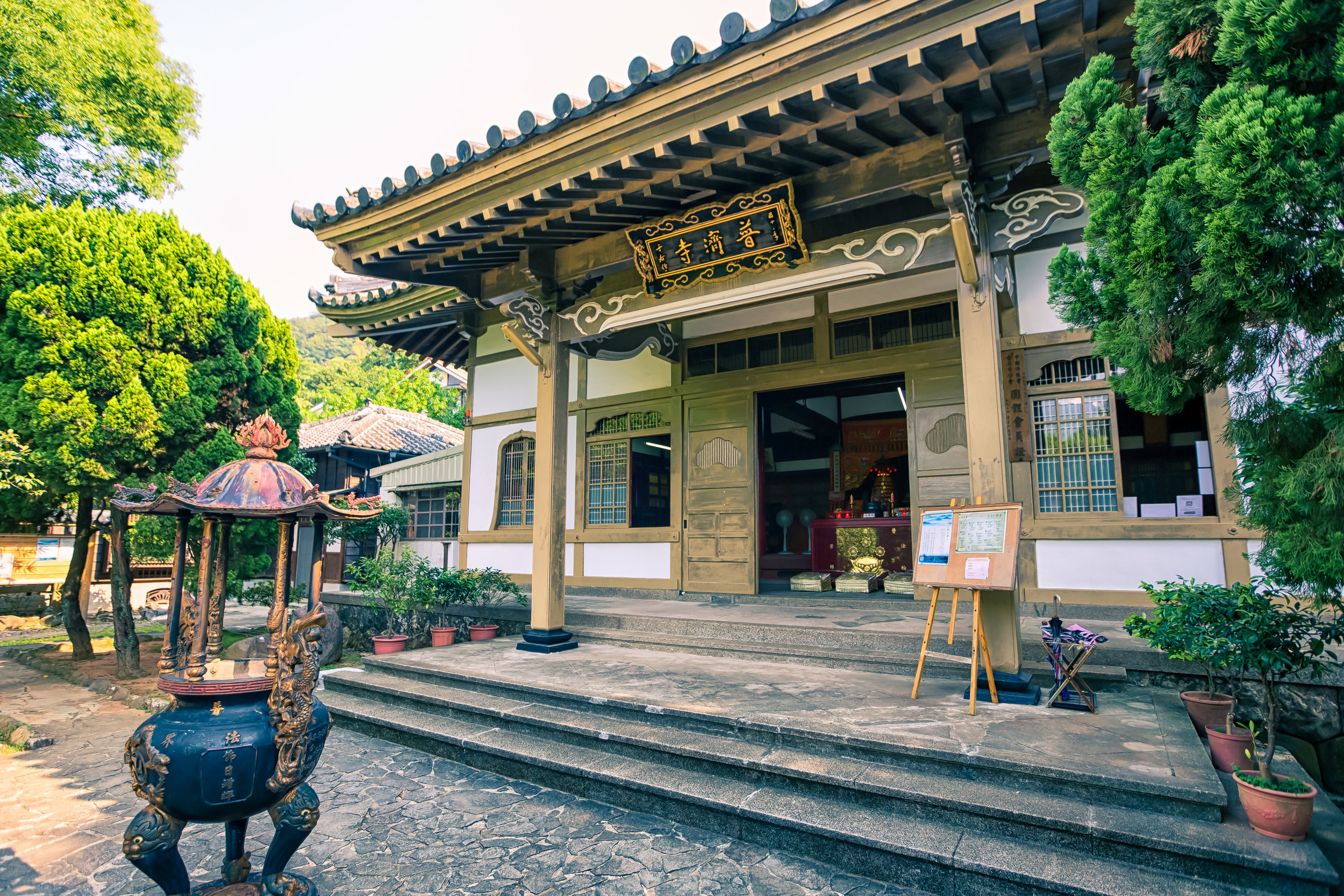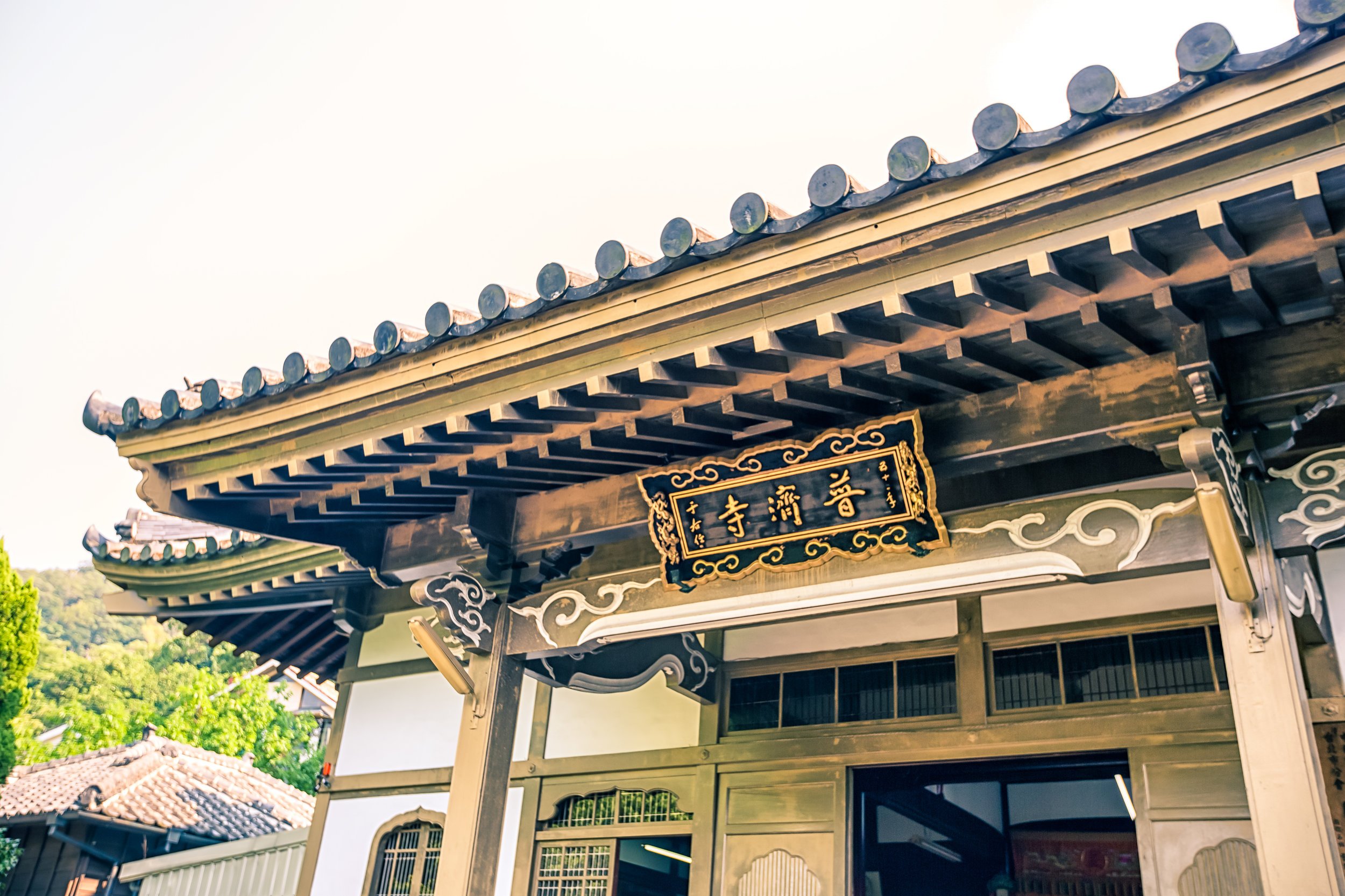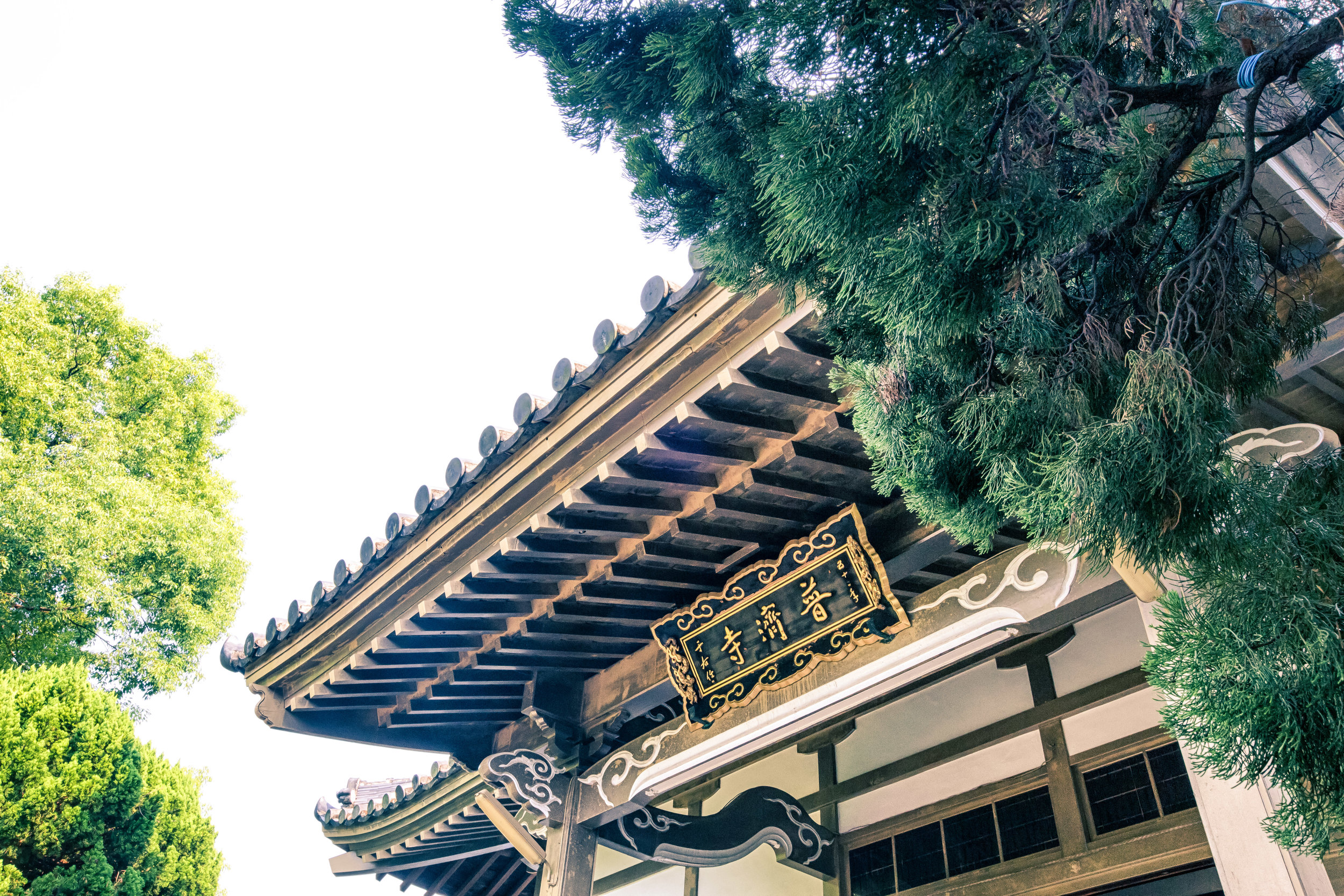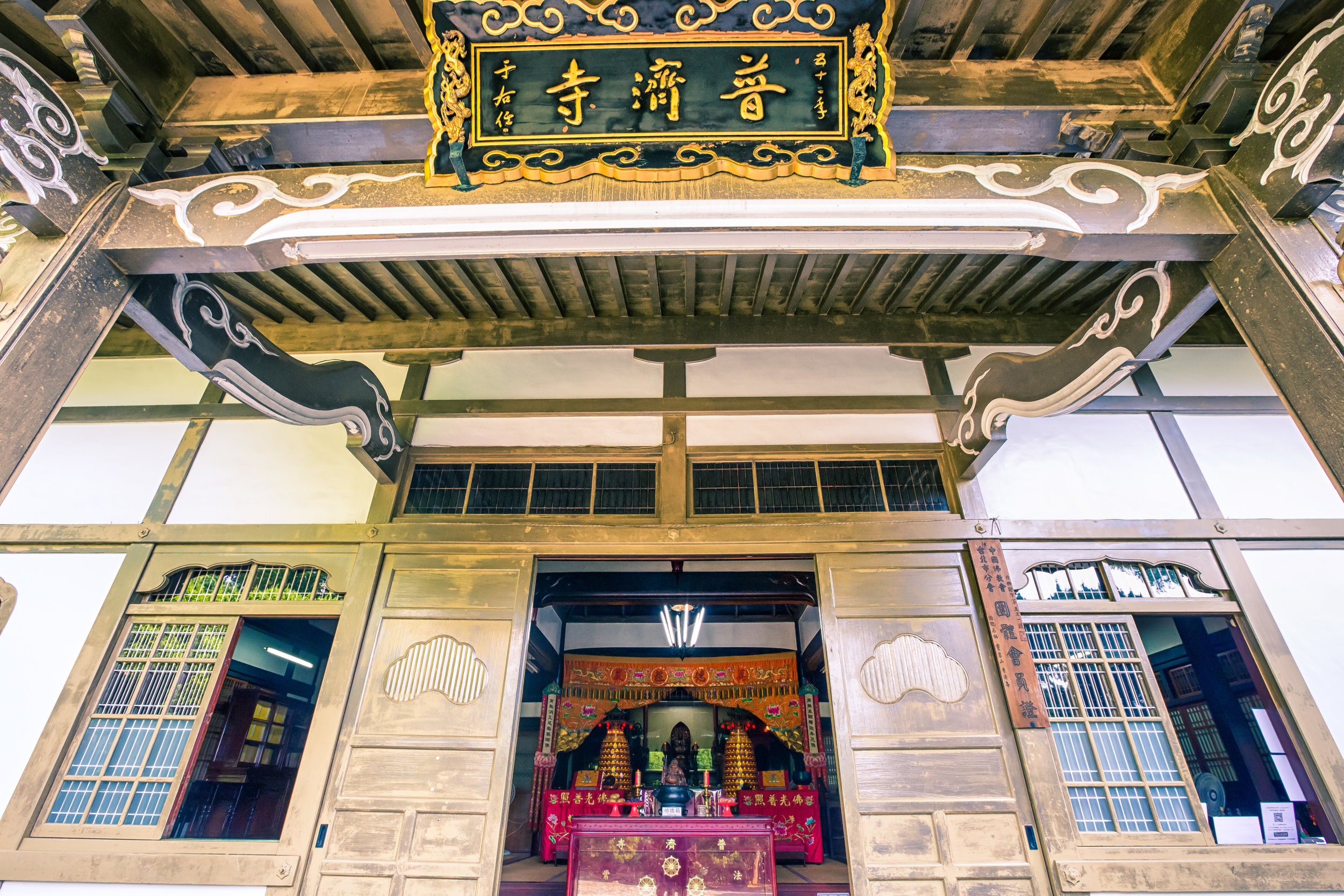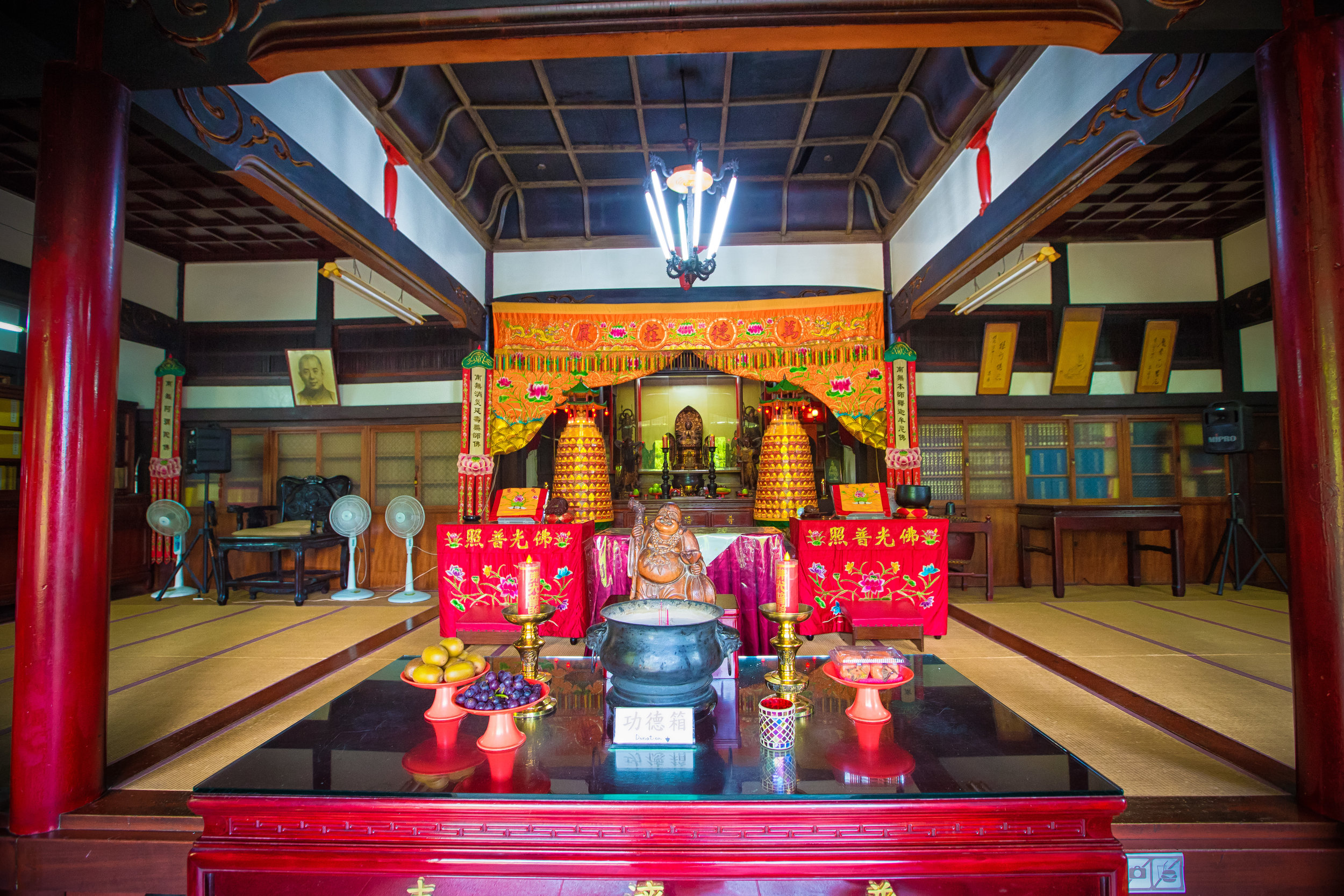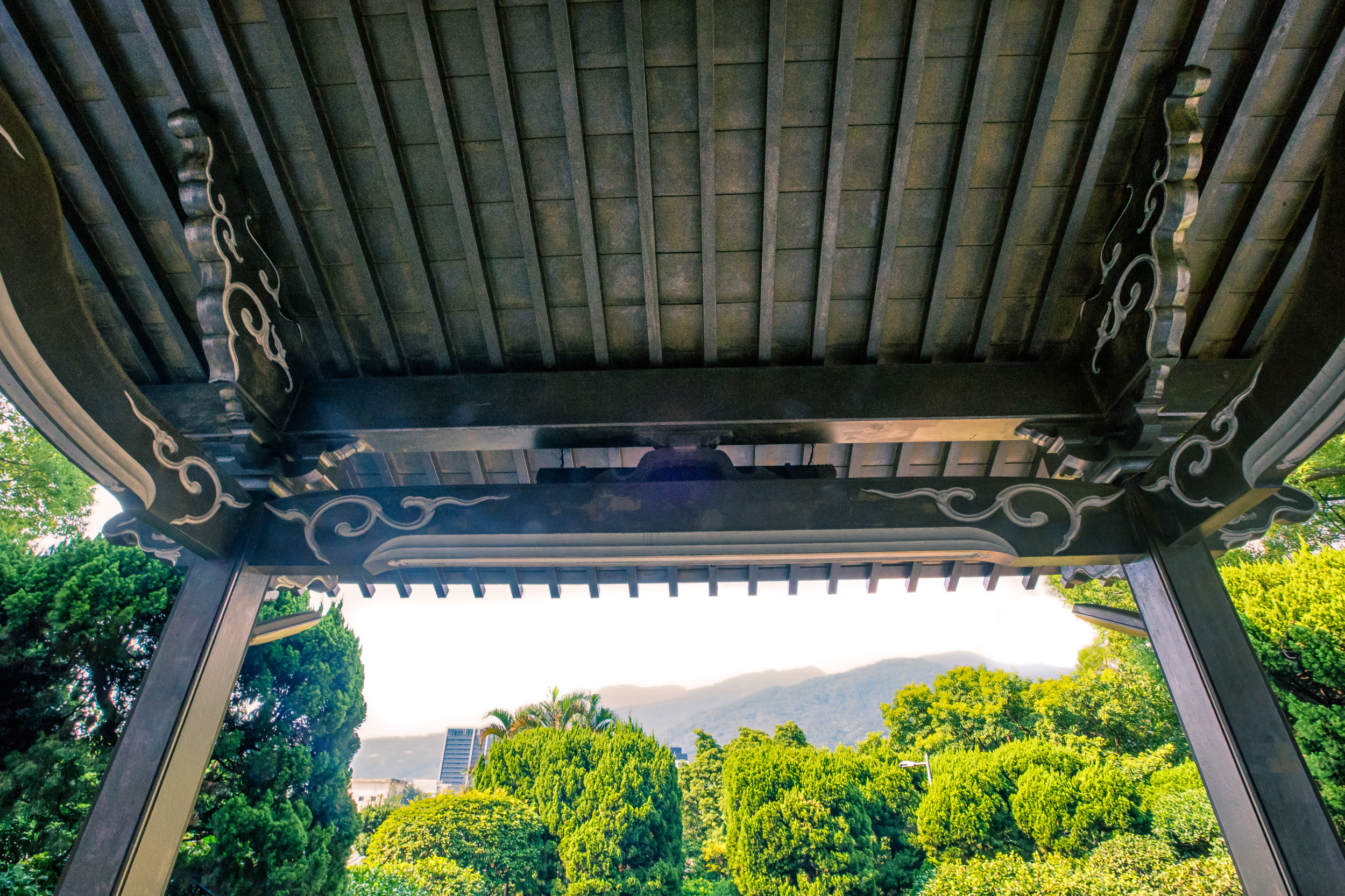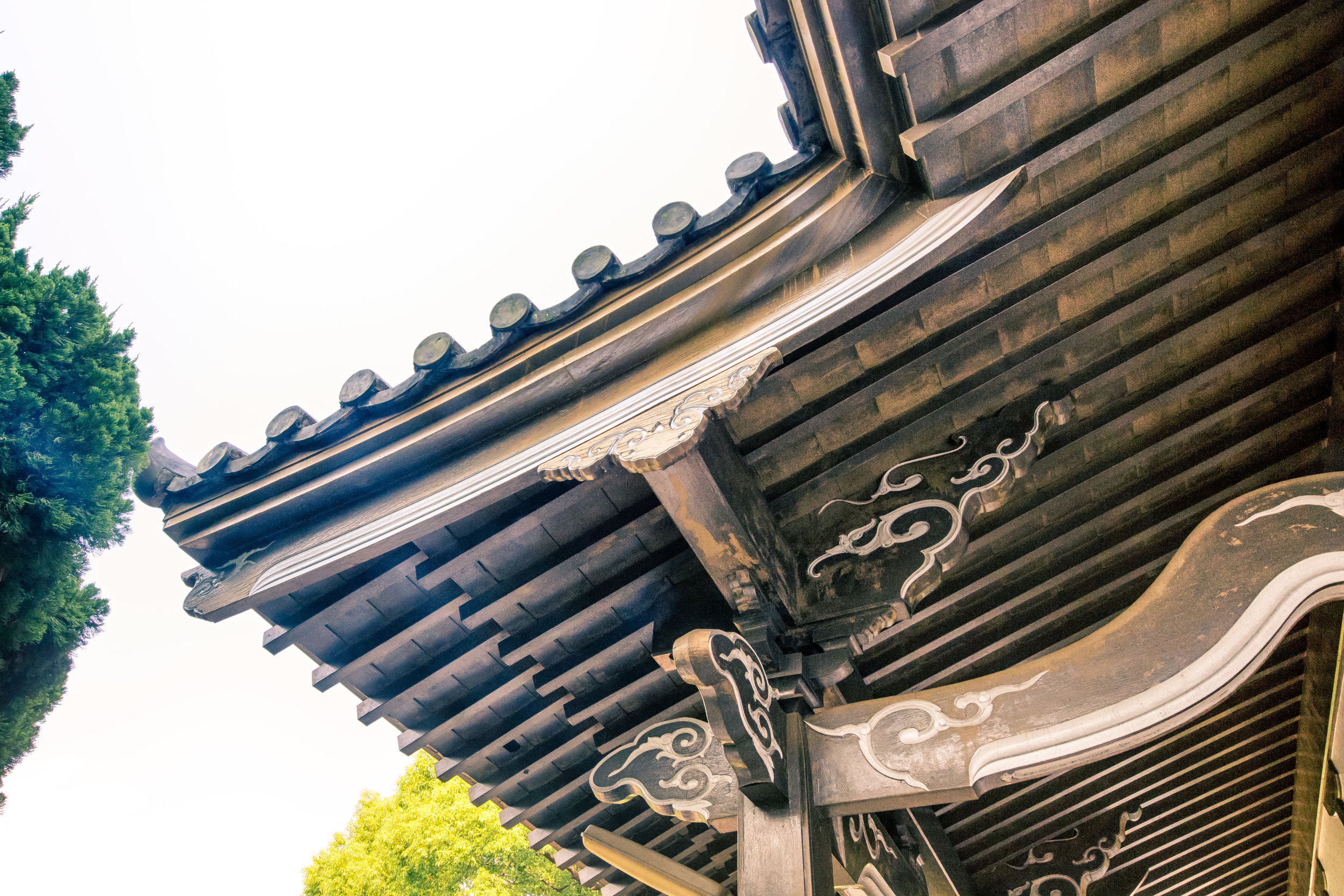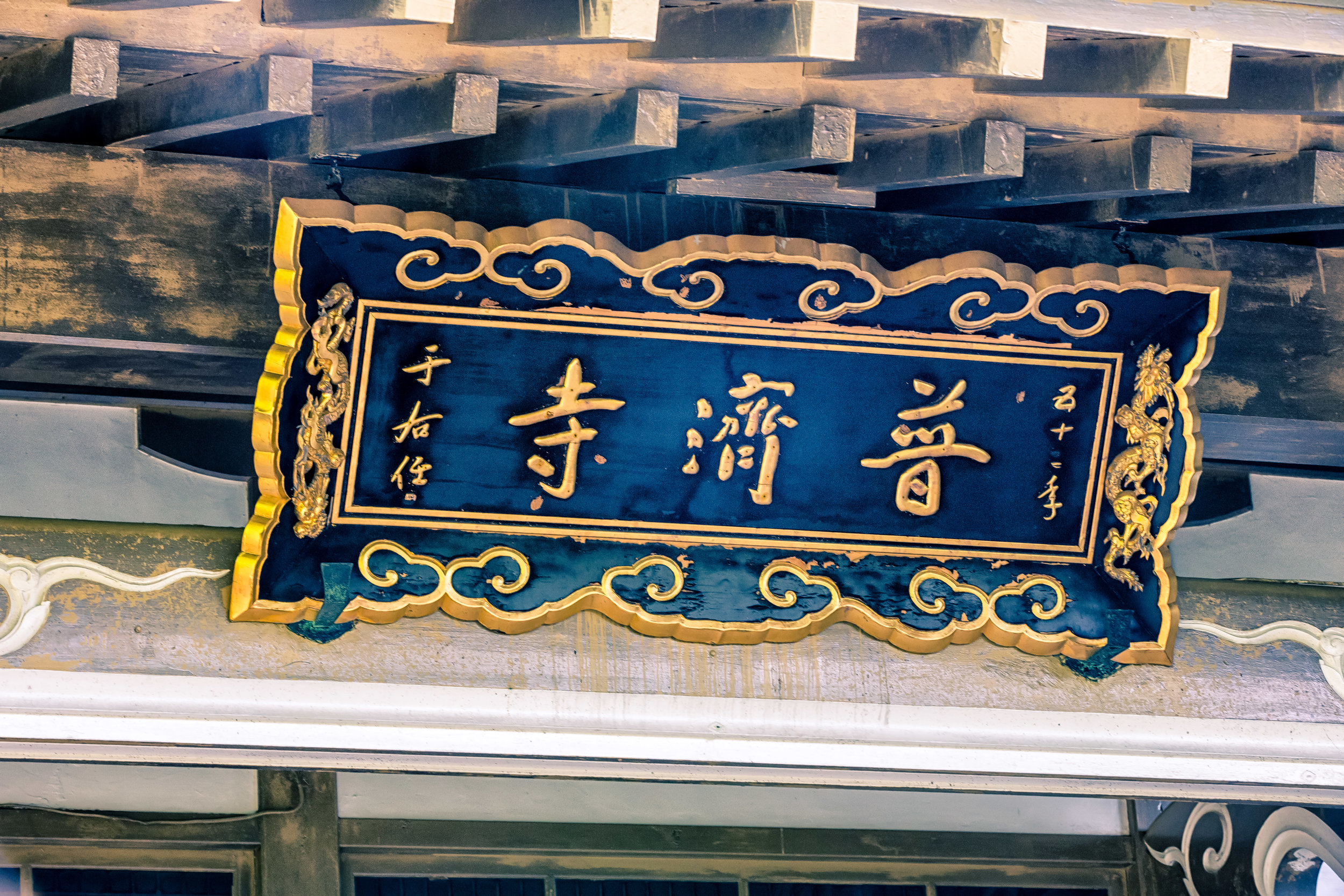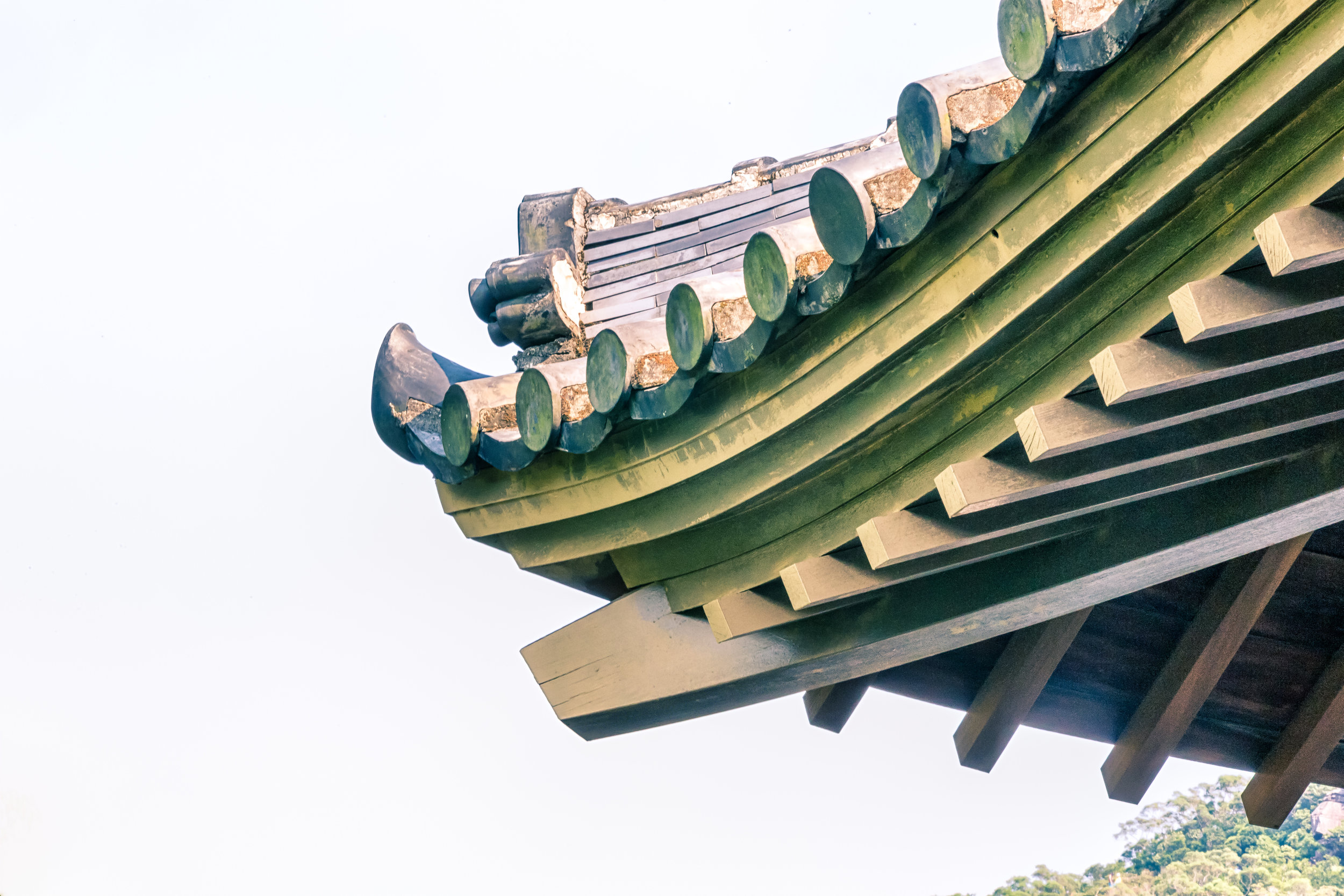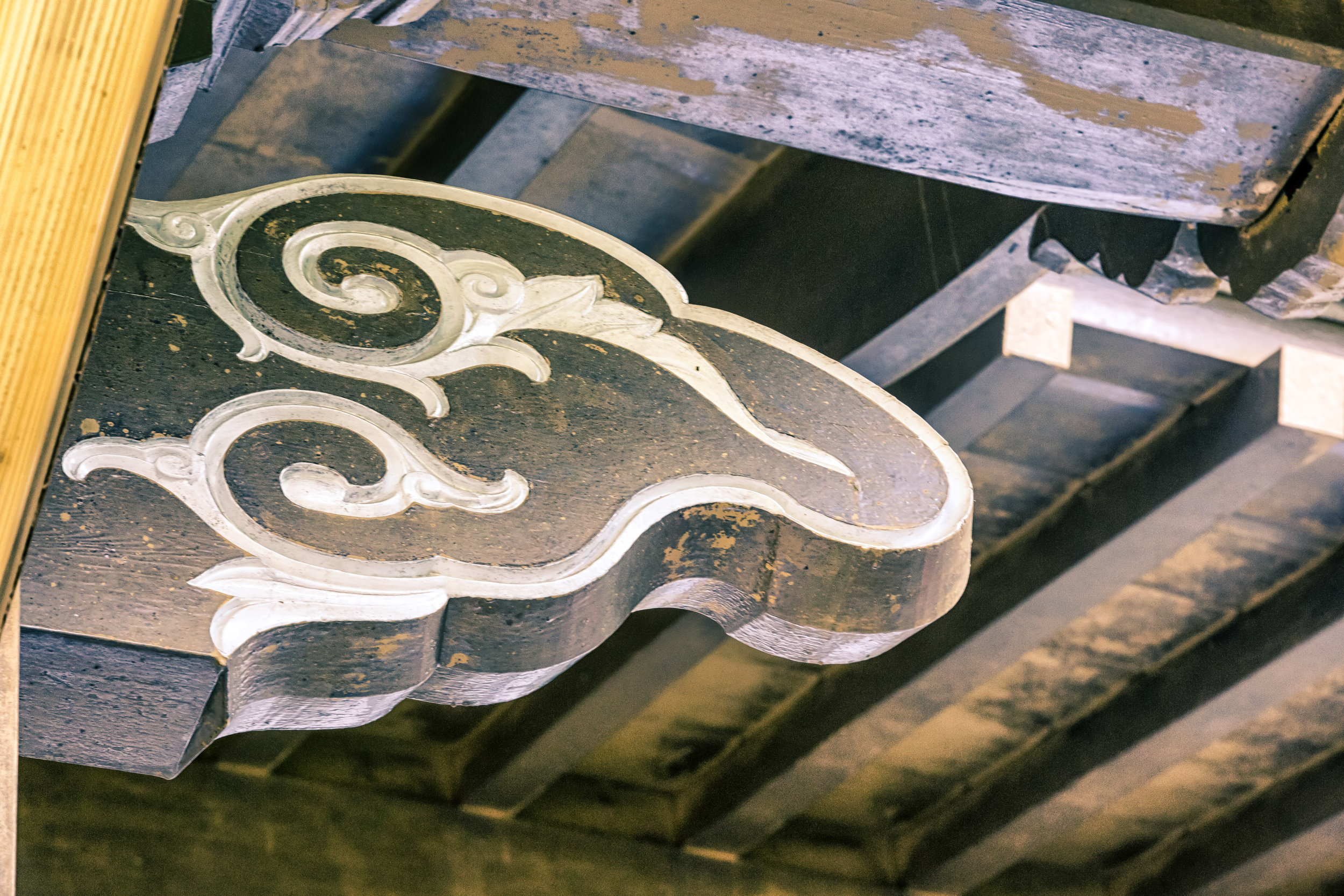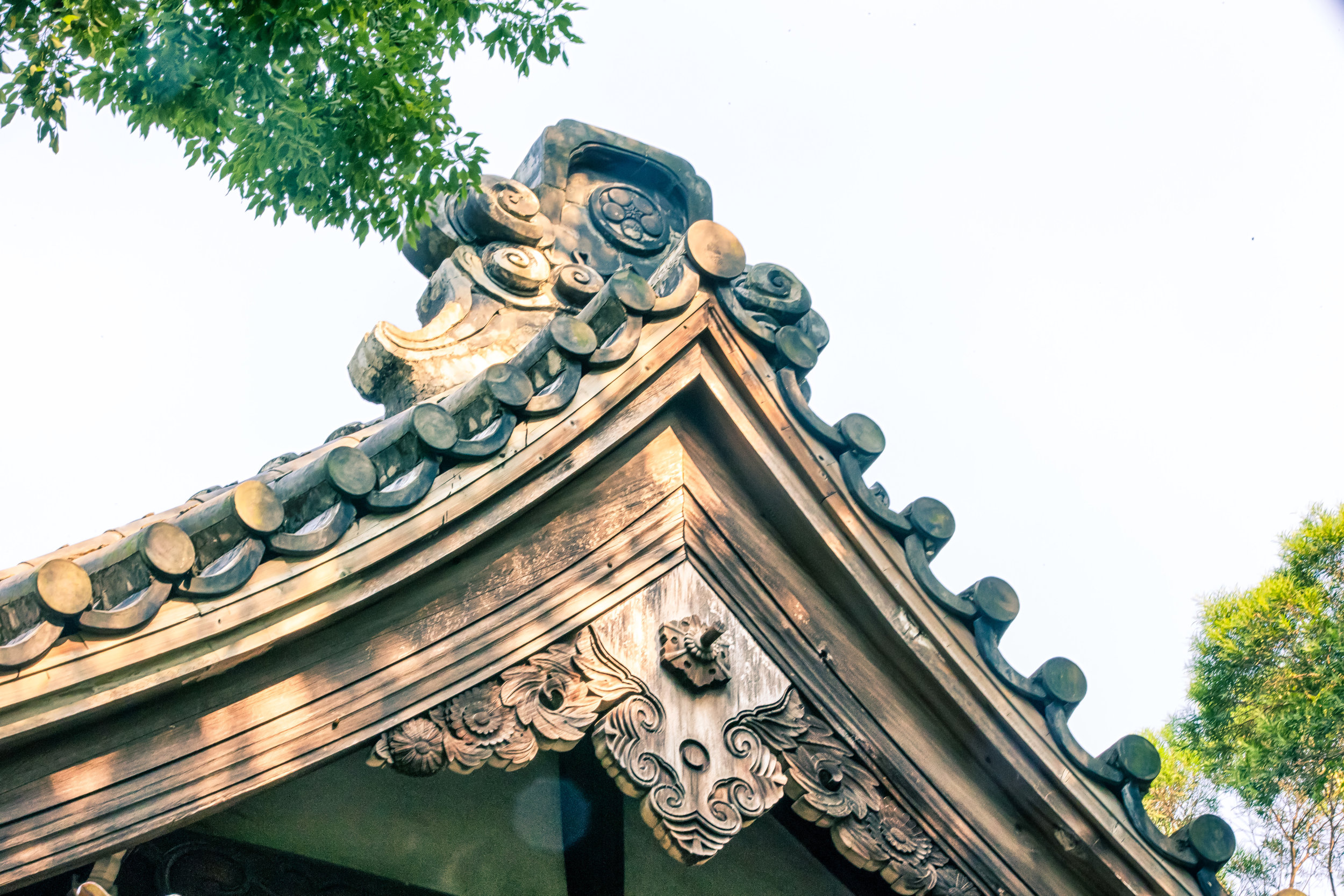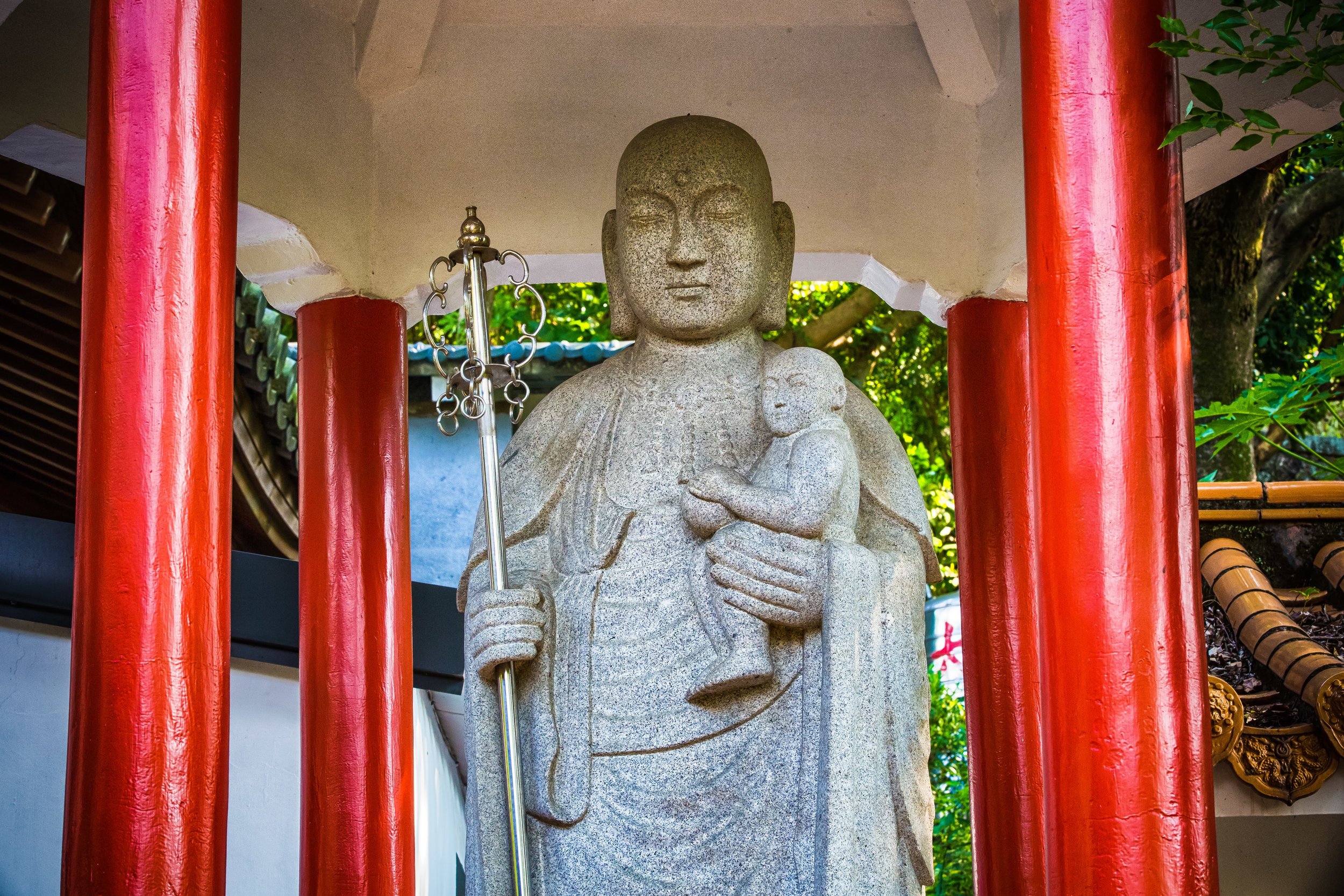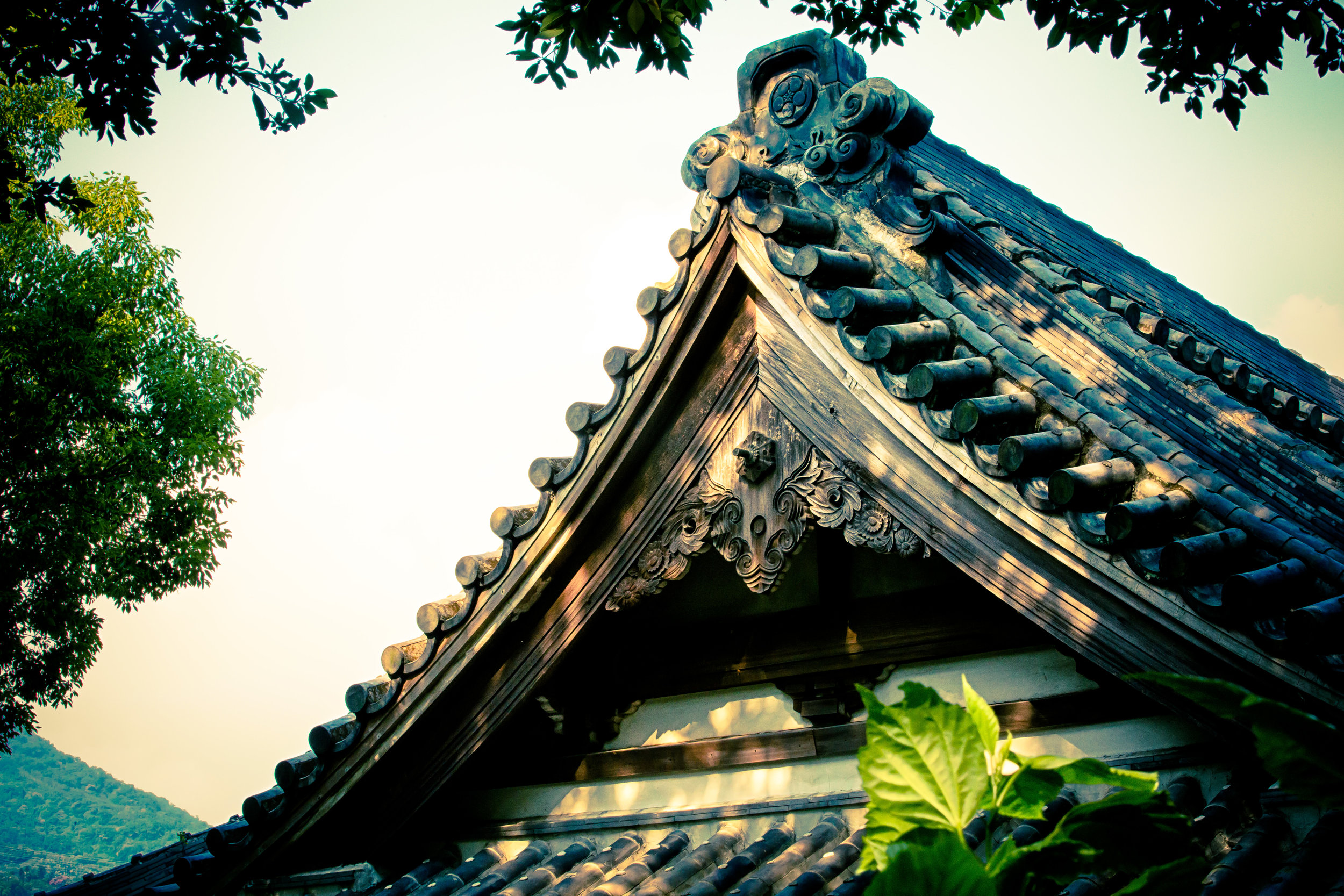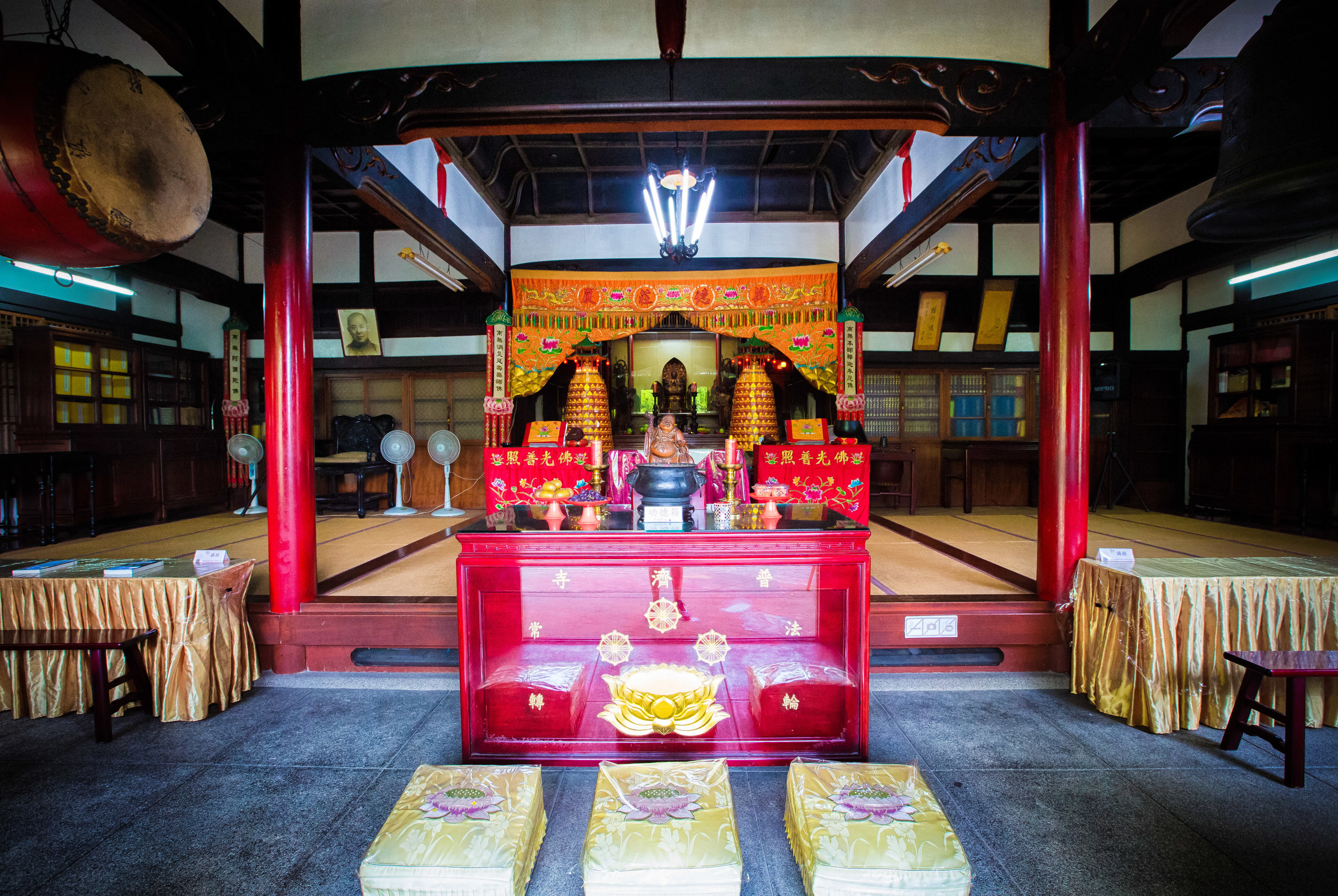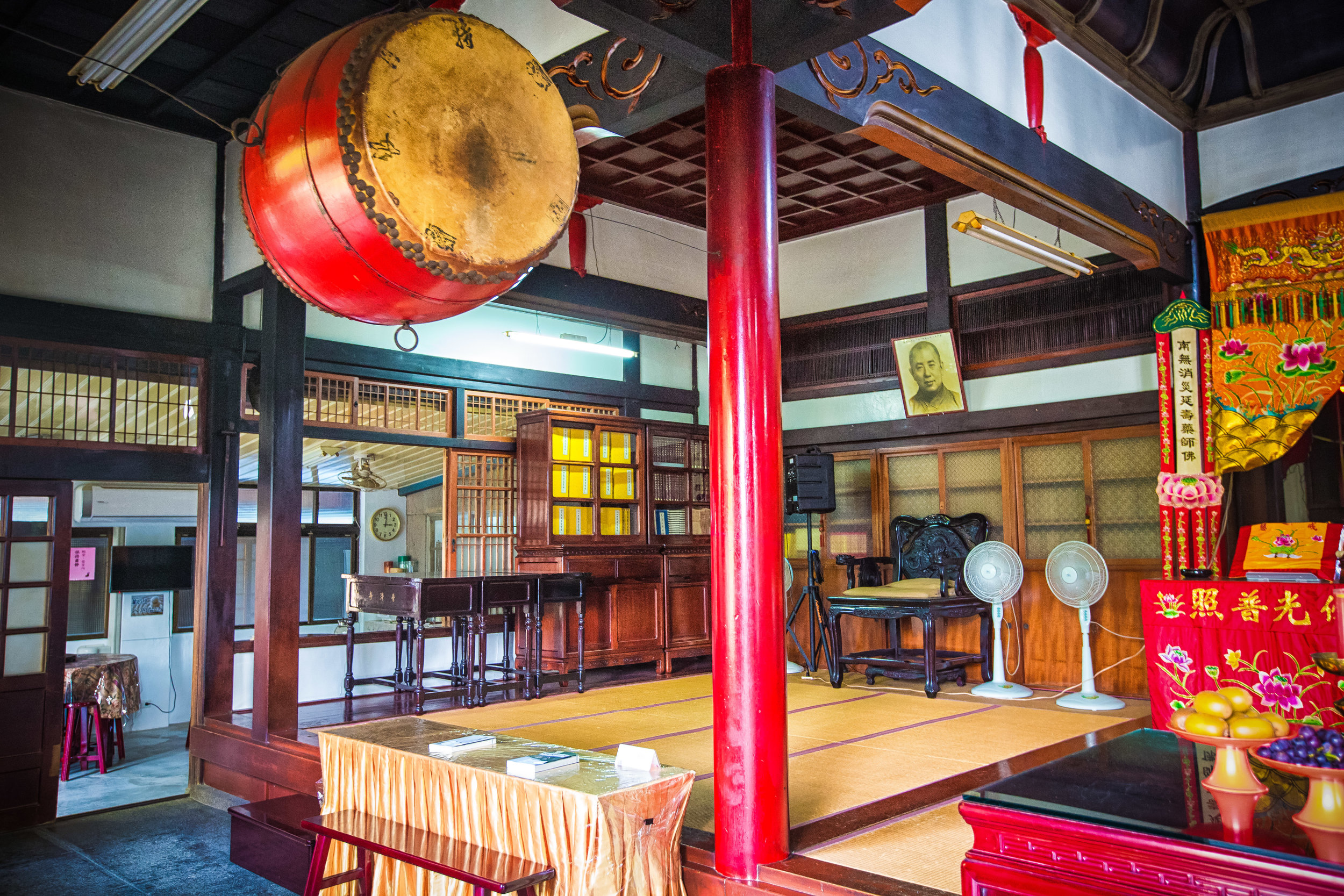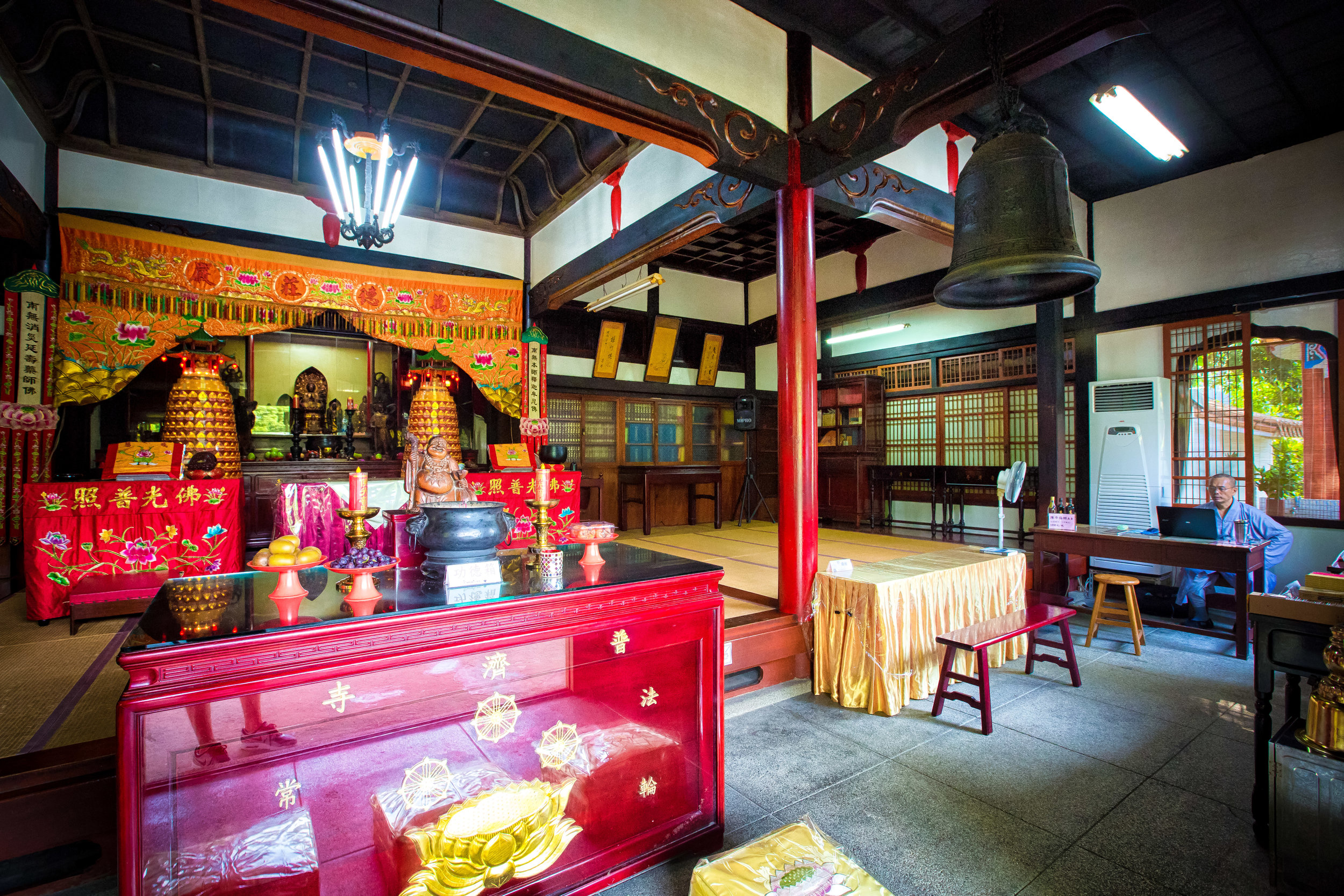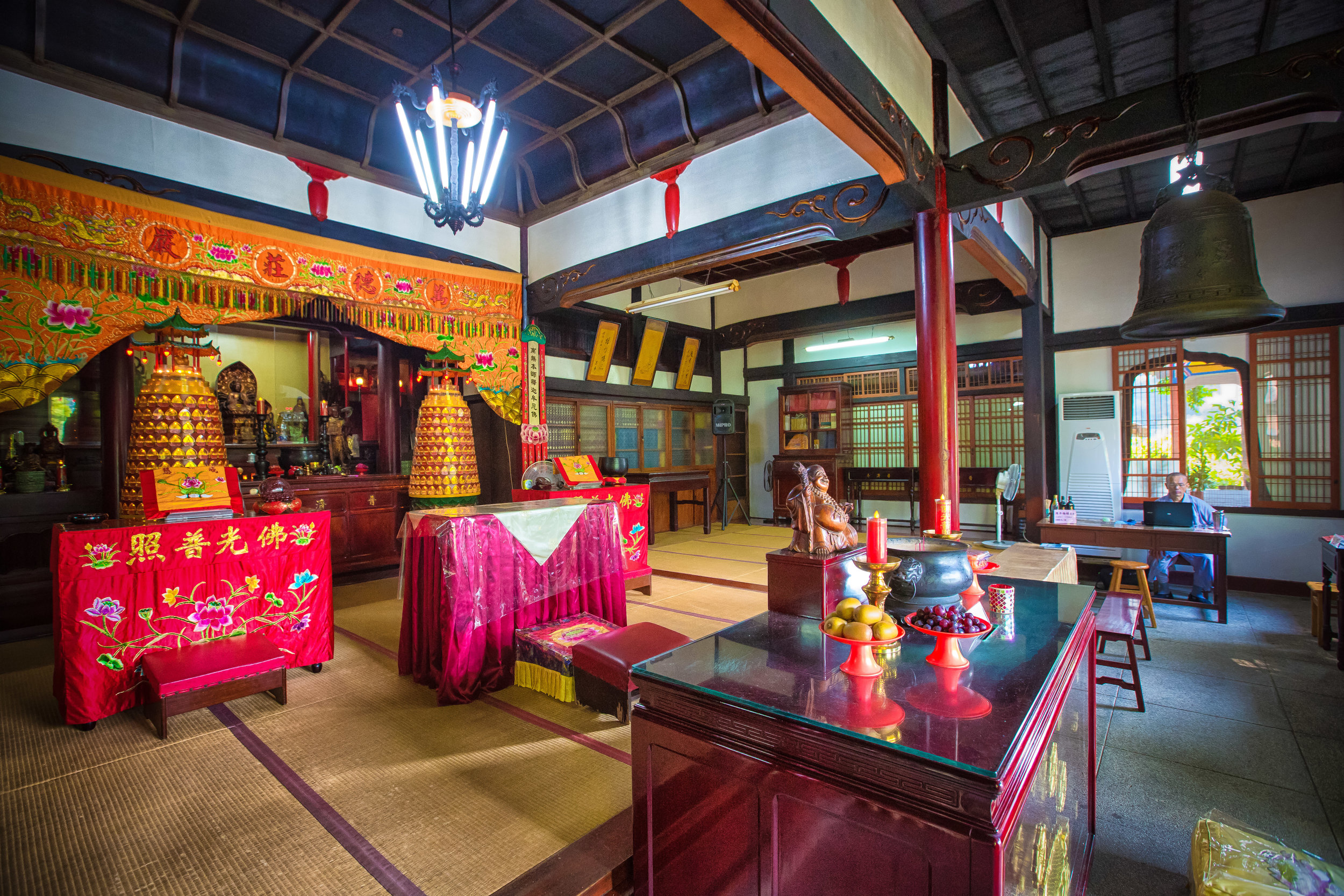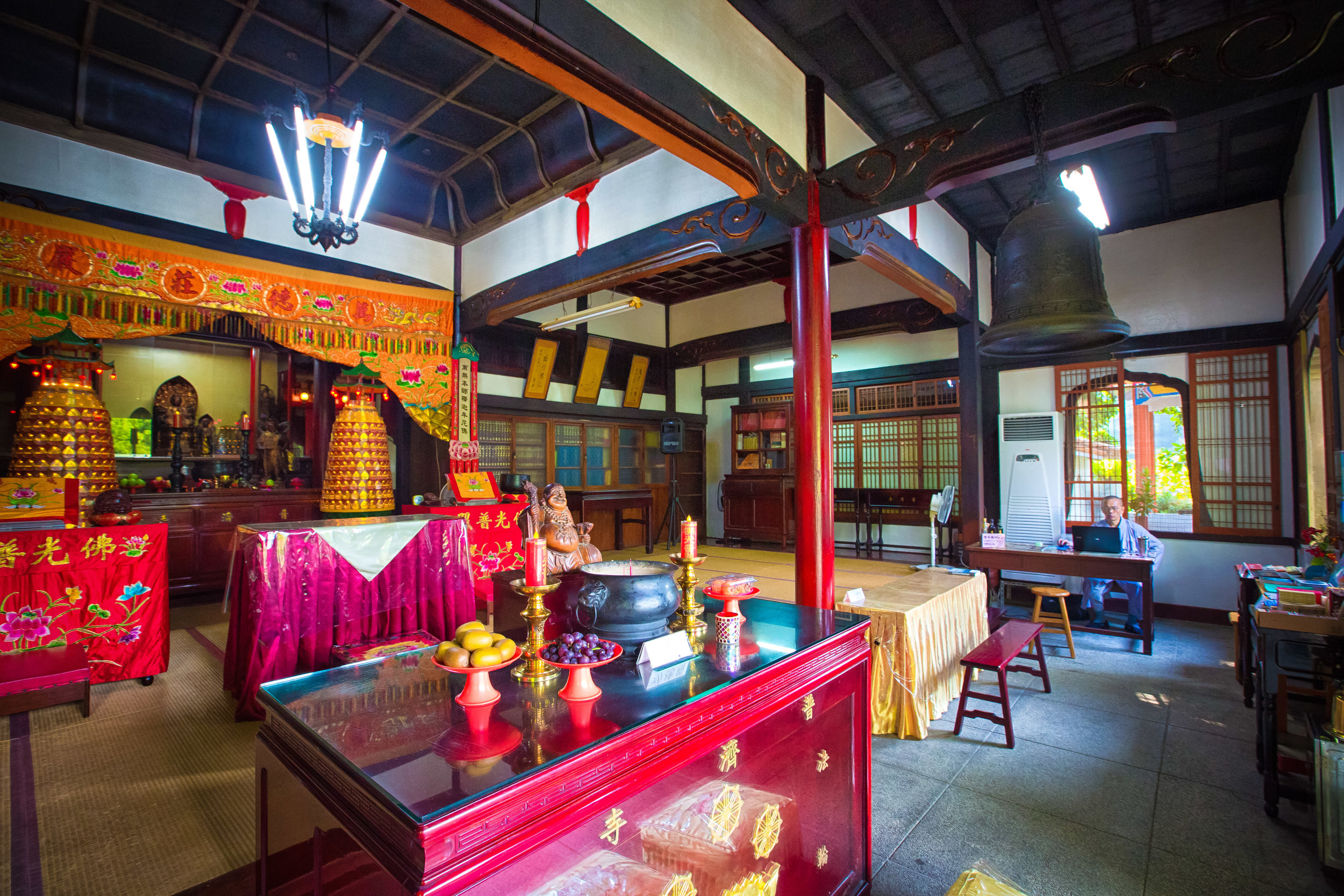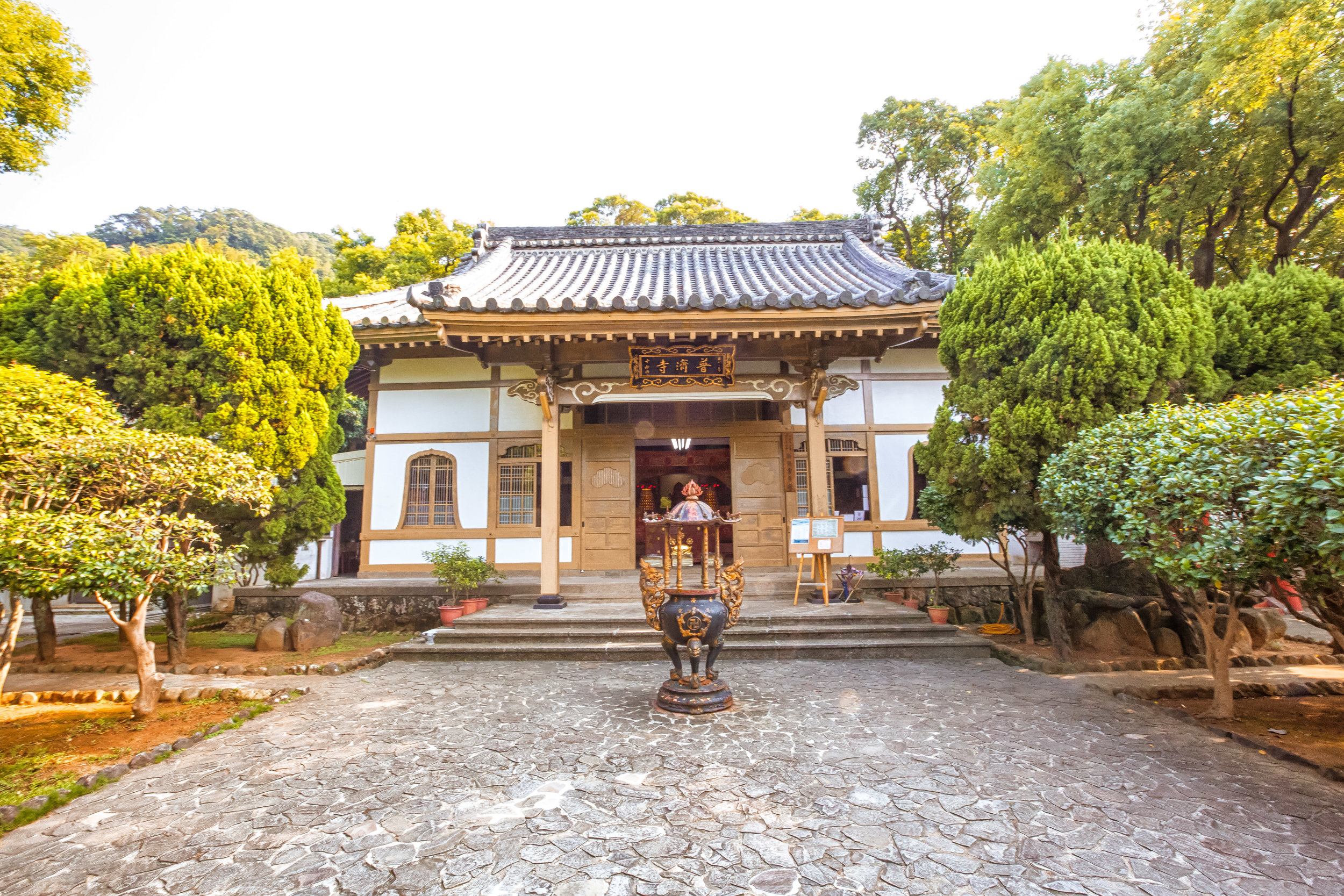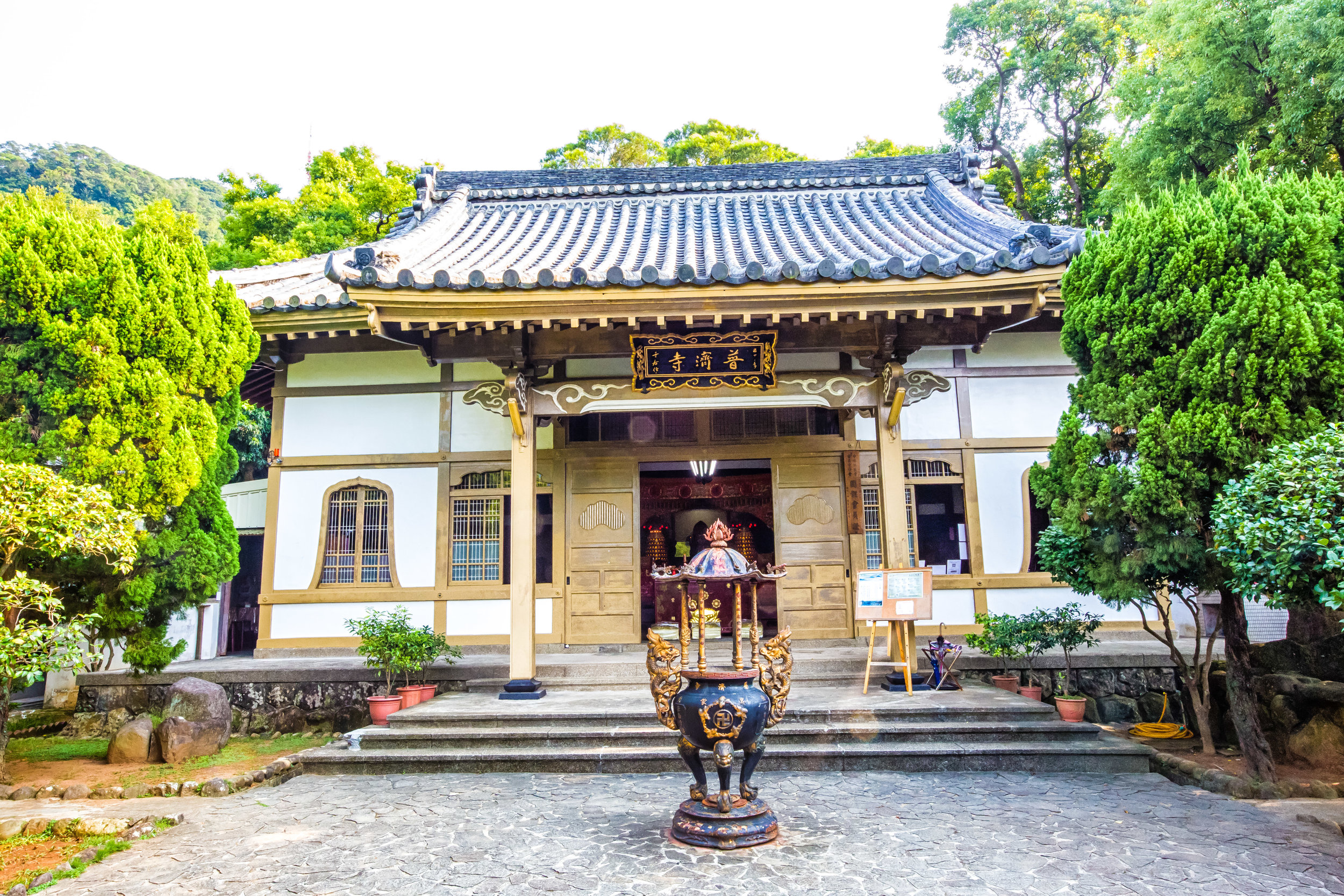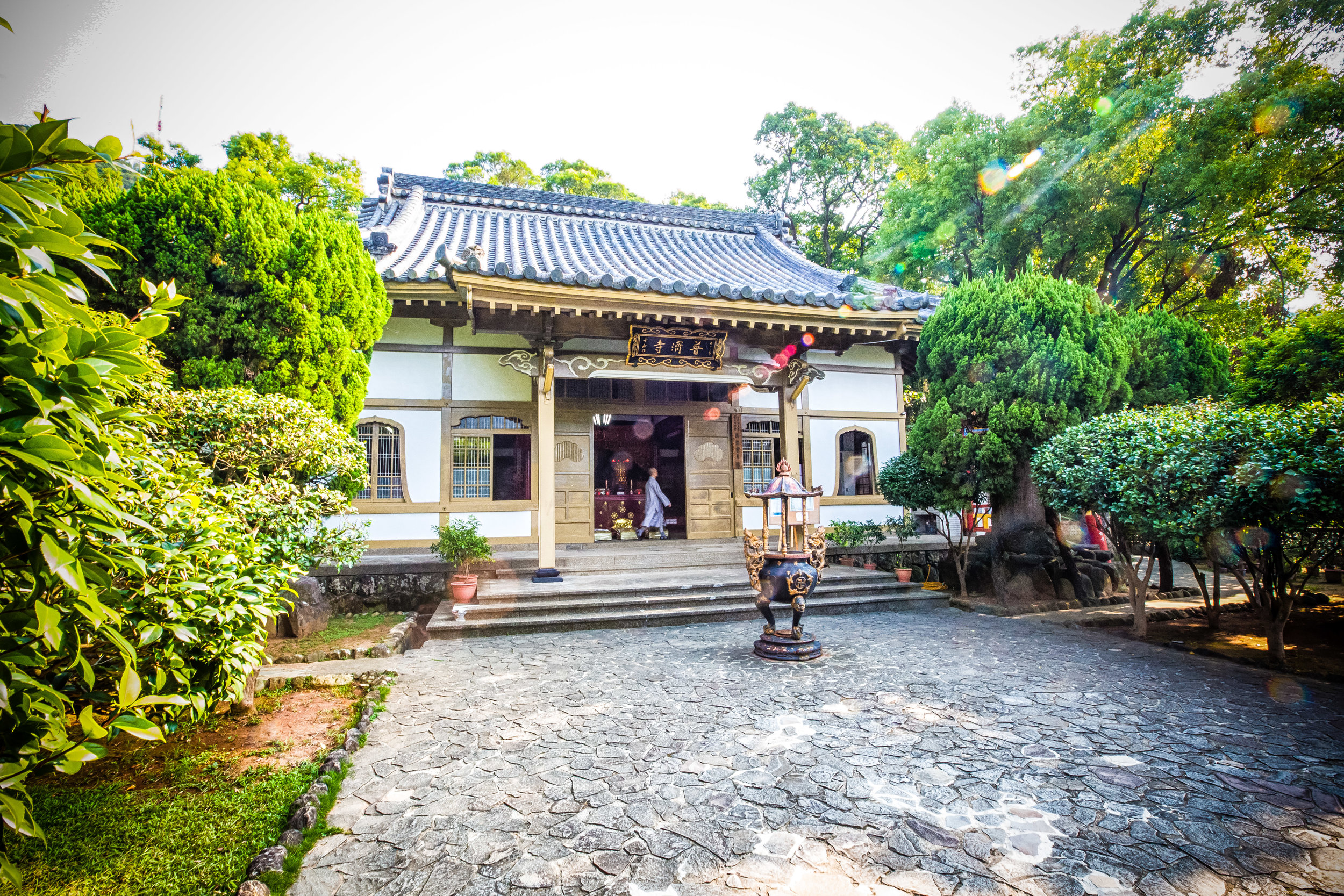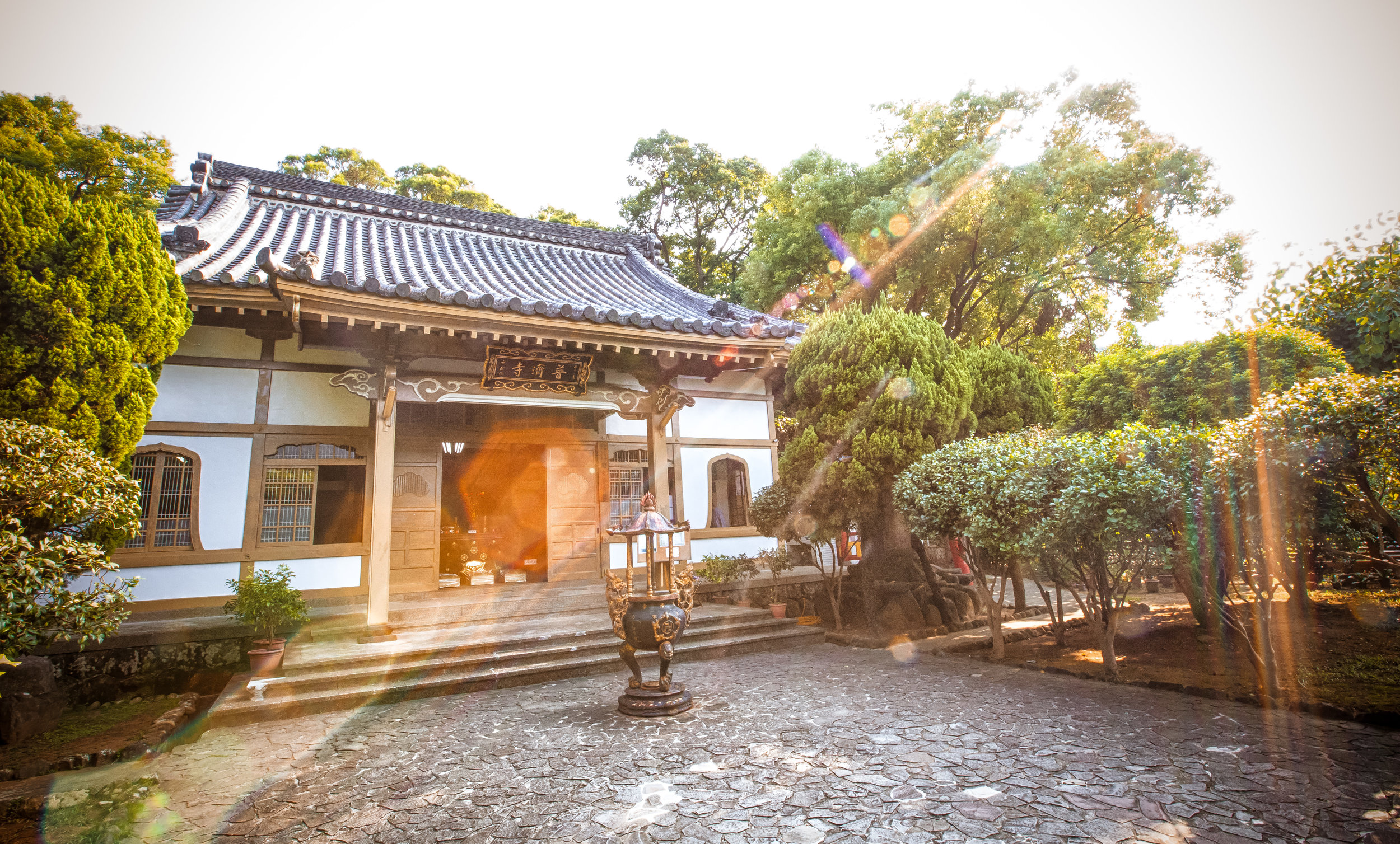Over the past few years I’ve blogged in great detail about various locations leftover from Taiwan’s Japanese Colonial Era introducing buildings, shrines, martial arts halls, etc.
Every time I write one of these articles, I offer a bit of an introduction to the colonial era by explaining to readers that the colonial period lasted from 1895 - 1945, and how for better or worse it was one of the most important eras in Taiwan’s modern history as the Japanese kickstarted the development of Taiwan into the beautiful country that we love today.
When I talk about these things, I’m often accused of glossing over the terrible things that took place during the half century that the Japanese controlled the islands. And yeah, the Japanese were just like any other colonial power and committed atrocities. The development that took place likewise wasn’t entirely altruistic as it benefitted them and the construction of their fledgling empire, which had its eyes set on massive expansion around South East Asia.
Taiwan was just a stepping stone for fuelling those ambitions.
One facet of the colonial period that I’ve barely touched however is what happened when the war ended and the Japanese surrendered.
I always briefly mention that control of Taiwan and the Penghu Islands were ‘ambiguously’ awarded to the Republic of China, but that doesn’t really tell the full story of the administrative transition that took place, in addition to an exodus of people who left Taiwan with the outgoing colonial regime.
In 2015, a powerful documentary was released in theatres here in Taiwan that did an excellent job telling the forgotten story of what happened when the Japanese left, from the perspective of those who had lived in Taiwan for generations.
The documentary, titled: Wansei Back Home (灣生回家), chronicled the history of some of those (still living) Japanese citizens, who were born in Taiwan, and who had only ever known Taiwan as a home before they were forced to move back to Japan. It told about how they were met with hostility and discrimination when they arrived back in post-war Japan as the country was in the process of rebuilding.
It also delved into how these “Wansei” (灣生), or Japanese citizens who were “Born in Taiwan,” had a difficult time adapting to their new lives while missing the only home that they ever knew.
When the war ended and the Japanese were forced to leave Taiwan, they ended up bringing with them around half a million people.
When the Japanese era started in 1895, an active campaign started in Japan to encourage citizens (with specific skills) to emigrate to the new colony to assist in its development.
Many of those who came in those early years brought with them everything they owned and a one-way ticket. Then, for several generations they lived, worked and raised families here in Taiwan, forming a deep connection with this land.
One of the first villages set up for these new immigrants to Taiwan was in Hualian’s Ji-an Village (吉安鄉), which then was known as “Yoshino Village”, and just so happens to be the setting in the movie for the return of those “Wansei” citizens, who returned to see their long-lost home.
In this article, I’m going to start off by introducing Yoshino Village and its historical significance before moving on to the main topic of the Yoshino Shrine, which is known today as Qingxiu Temple (慶修院).
Then I’ll conclude with some photos from the site of the former Yoshino Shinto Shrine (吉野神社), located in the heart of the village.
The Buddhist temple has become a popular tourist attraction in recent years, since its restoration and although there may be a few English-language articles floating around the internet about it, I think it’s more beneficial to the reader to do a bit of a deep-dive into the history of this special village to get a better understanding of its significance.
Yoshino Village (吉野村)
Originally settled by the Amis Indigenous people, the area we know today as Ji-an (吉安), was once referred to as Cikasuan (知卡宣) or “flowing timber” by the indigenous people who lived there.
Located within the Huadong Valley (花東地區), Ji-an has a humid subtropical climate and is one of the areas of Hualien best known for its agricultural output, with crops that include rice, sugarcane, corn and tangerines, among others.
Even though Ji-an has been the home of the Amis people (阿美族) for thousands of years, starting around the 17th century, it has also been an important area where various groups of Hakka (客家) and Hoklo (閩南) migrants have settled. Then, much later a larger group of refugees from the Chinese Civil War came to the area to make a new life in Ji-an.
Today, these four different groups make up the vast majority of the over eighty-three thousand people who live in Ji-an. Before the arrival of those refugees however, Ji-an was a much different community than it is today, and as I mentioned above, holds a special place in Taiwan’s history.
The Japanese Empire took control of Taiwan in 1895 and after a period of instability and heavy-handedness, life in Taiwan (for better or worse) eventually settled to become that of the model colony the Japanese were looking for. For the first few years, the only Japanese citizens who came to Taiwan would have been predominately military, civil servants, engineers and business people who sought to capitalize on the treasures that the island had to offer the empire.
When the situation stabilized, the government made the decision to start a campaign to encourage immigration to the colony, which viewed further immigration to Taiwan by ‘ordinary’ (most often lower-class citizens), especially those who were labourers or farmers was a great way to improve production.
While also testing a ‘settler colonialism’ scheme by mixing Japanese citizens with the local population.
The East Coast was chosen as the optimal location to start an immigration campaign for these ‘planned communities’ (移民村), due to the fact that it was sparsely populated and thanks to the so-called ‘availability’ of land.
To sweeten the deal, the government would provide each family with transportation, a home and a plot of land to farm on in addition to a number of subsidies.
The so-called availability of land is a contentious issue as it forced the local Amis people off of their traditional lands and further into the mountains, resulting in a uprising known as the Cikasuan Incident (七腳川事件).
Immigration to the area started modestly in early 1910 (明治43年), with nine families recruited from Tokushima Prefecture (德島縣) on Japan’s Shikoku Island (四國), with another 52 following by the end of the same year.
Taking into consideration how so many of the immigrants to the area hailed from Yoshinogawa City (吉野川市) in Tokushima, the village was officially renamed Yoshino Village (吉野村) in 1911 (明治44年) to better reflect the heritage of the new residents.
As mentioned above, the Yoshino area was already home to Hoklo, Hakka and Indigenous peoples, so when Yoshino Village became an official village, it was structured into three divisions, namely Miyamae (宮前), Shimizu (清水) and Kusawake (草分), with three tribal areas for the Amis people. Within these three divisions, the Japanese community and the local community were for the most part segregated, but surprisingly a sense of community partnership and shared success brought them all closer than anyone would have ever thought.
Within a decade of the immigrant community project starting, Yoshino had become a model of success and the hard work of the immigrants and the locals alike transformed the village from a small settlement of sharecropping farms that endured endemic diseases and transformed the ‘wilderness’ into a model of economic success.
Quickly becoming an important centre for food production and economic activity, thanks to its success in the cultivation of rice, sugarcane, tobacco, vegetable and fruit production, the colonial government sought to use the ‘Yoshino model’ in official government propaganda that sought to create similar communities all over Taiwan.
But in order to do so, a considerable amount of public funds had to be invested in the village to ensure that it was equipped with hospitals, schools, civil buildings, shrines and public works projects.
The “model immigrant community” project, which lasted from 1909 until around 1918 turned out to become a successful venture, but no where was it as successful as it was on the East Coast with Yoshino acting as the model for nearby villages like Toyota (豐田), Hayashida (林田), Yoshita (賀田), Kano (鹿野) and Ikegami (池上), among others.
Link: Huadong Valley Ride 2018: Hualien City to Fenglin (Spectal Codex)
As the village continued to grow, administration become a major issue, so in 1937 (昭和12年), Yoshino Village was absorbed as a township within the much larger Karenko Prefecture (花蓮縣, which was better able to assert governmental control over its economic development.
If you read the introduction to this article, you’re probably aware of what I’m about to tell you.
When the Second World War came to an end, the people living in Yoshino and all of the Japanese immigrant communities that dotted the eastern coast of Taiwan were forcibly repatriated back to Japan as the colonial government was making its exit.
The tragedy of this story is that for the several generations of “Wansei” who were born here, and whom had never stepped foot in their ancestral homeland, they were leaving the only home they ever knew for one that was hostile to their existence.
Nevertheless, even though these villages were completely depopulated and abandoned by the Japanese, a housing crisis caused by the arrival of almost two million Chinese refugees a few short years later helped to revive these communities.
When the Chinese Nationalists took over, “Yoshino Village” ceased to exist, but Ji-an (吉安鄉) replaced it, and the farms and industry that were cultivated by the immigrants and local people over the thirty-eight years of its existence were brought back to life and continue to this day.
The few remaining Wansei continue to have fond memories of their homes here in Taiwan.
And fortunately they have since been able to return to see their homeland as well as the friends they made while here.
Yoshino Shrine (吉野慶修院)
Ok, so it took a while to get here, but finally, the main subject of this article, the Yoshino Shingon Buddhist Temple (真言宗吉野布教所), better known today as Qingxiu Temple (慶修院).
Often described as “Taiwan’s most well-preserved Buddhist Temple” (臺灣現存最完整的日式寺院), the recently restored shrine has become an extremely popular tourist attraction over the past few years.
I’d expect that Beitou’s Puji Temple (普濟寺) and Taipei’s Huguo Rinzai Temple (臨濟護國禪寺), and a few others around the country might beg to differ, with those bold claims above.
Constructed as an overseas branch of Koyasan’s Kongobuji Temple (高野山金剛峰寺), the head branch of Japan’s Shingon Buddhism sect (真言宗), the “Yoshino Centre for the Dissemination of Shingon Buddhism” (真言宗吉野布教所) was established in 1917 (大正6年) to work hand-in-hand with the nearby Yoshino Shinto Shrine in serving the religious needs of the community.
When the temple was first constructed however, it was forced to serve several different functions due to the lack of resources in the village at that time. Not only was it a Buddhist temple, it was also used as a medical facility, a funeral home and a school.
So not only was it helping the immigrants seek inner peace, it was also performing very practical functions as well.
Fortunately, when the colonial era ended, the Chinese Nationalists uncharacteristically showed mercy and didn’t tear it down like they did the neighboring Shinto Shrine.
In 1948 (民國37年) the Main Hall of the shrine was converted into one that better suited the needs of Chinese Buddhists, with statues of Shakyamuni Buddha (釋迦牟尼佛) and Guanyin (觀音菩薩).
Although we’re fortunate that the temple wasn’t torn down, it did fall into a state of disrepair for quite some time and repairs were made in 1964 and again later in 1972, but were ultimately inadequate for dealing with the structural issues that required attention.
In 1997 (民國86年), the temple was recognized as a county-level historic property (縣定三級古蹟), which gave it a protected status and ensured that money would be allocated for its restoration.
Restoration started shortly after and after a long period of closure, the shrine re-opened to the public in 2003 with the entire grounds meticulously restored to how it would have appeared during the Japanese era.
Today the Yoshino Shrine is one of the most popular tourist attractions in Hualien and for those Wansei who come back to visit Taiwan, it is surely a sight for sore eyes.
Below, I’ll go into more detail about each of the important parts of the shrine:
Main Gate (山門)
The Main Gate of the shrine, literally the “Mountain Gate” (山門) is a traditional style gate that meets with the “tamagaki”, or the sacred wall that encircles the perimeter of the complex.
The gate is so beautiful that you’ll probably have to line up to get photos in front of it.
The gate is arguably one of the most authentic Japanese-style gates in Taiwan and its design is characterized by its simplicity. Above the gate you’ll find a Japanese style eaved roof with a plaque in the middle that reads “Qingxiu Temple” (慶修院).
Hung below that you’ll find a “shimenawa” (標縄), otherwise known as a “sacred rope” decorated with braided paper streamers named “shide” (紙垂).
Depending on the time of the year that you’ll visit you’ll likely also find two large paper lanterns with the name of the shrine on them. You might also find a purple banner (門幕) hanging in the middle which displays two important icons that identify the temple.
Main Hall (正殿佛堂)
From top to bottom, the century-old Main Hall of the Yoshino Shrine is quite unique in Taiwan with regard to its architectural design.
The single room building is constructed almost entirely of wood and features a beautiful double-layered roof, held up thanks to the genius of Japanese architectural design.
From the outside, the building is elevated off the ground with a ‘hisashi’ (廂) veranda that reaches around the sides of the building in the shape of a “U”, and likewise has beautiful windows on the same three sides, allowing for beautiful natural light to enter the building.
The interior of the building is measured by Japanese standards and is three ‘ken’ (間) wide and four ‘ken’ in length (面寬3間、進深4間), which translates to a space of around 39.96 square meters.
As you’d expect with a Buddhist temple like this, the interior is decorated quite simply with tatami mats on the floor and shrines against the back wall. While inside, there really isn’t that much to see, but thats the point of a temple like this, as it is supposed to be a simple space where you’re able to relax and free your mind.
Having a bunch of things to focus on doesn’t really help with that.
The roof of the building is probably one of the most unique aspects of its architectural design as it features the typical Japanese style ‘hip-and-gable’ roof that you’ll find on other Japanese style buildings, but in this case we have a double-layered, four-sided roof.
In temples constructed in this specific hip-and-gable style known as irimoya-zukuri (入母屋造), the ‘gabled’ part of the roof (the upper layer) covers the ‘moya’ (母屋), or the interior of the building, while the ‘hipped’ part (the lower portion), covers the veranda and protrudes further beyond on each of the four sides.
While the ‘hisashi’ veranda appears functional, its main purpose is actually to help reinforce the roof with an extra row of pillars, distributing its weight more evenly and also preventing the roof from caving in during an earthquake or a typhoon.
In most cases, these Japanese-era temples in Taiwan put a lot of emphasis on the design on the front facade of the building, but the sides and the rear rarely ever receive the same amount of attention, which is what makes this one special.
Even though the roof only appears to be double-layered, its all part of the three dimensional design that Japanese architecture has mastered.
Originally, the main deity in enshrined within the Main Hall was “Acala”, however when the Chinese Nationalists took control of Taiwan, it was replaced with figures more representative of Chinese Buddhism. Now that the shrine has been restored, we can see a shrine set up to the founder of Shingon Buddhism, Kobo Daishi (弘法大師) or Kukai (空海).
Links: Kobo Daishi (Wikipedia) | Kukai Kobo Daishi (Japan Visitor)
You might be wondering why the original shrine to Acala wasn’t put back in place when the shrine was restored. That’s actually an easy answer - Acala is a popular Buddhist figure in Japan, and other parts of Asia, but here in Taiwan is lesser known.
(I’ll talk about Acala a bit more later)
Kobo Daishi however is someone that most people are aware of, so placing the founder of the sect in the main shrine seems like a pretty good compromise.
One of the interesting things about this temple are the curtain/banners (御神幕) hanging at the front door. In Taiwan, when you arrive at a shrine, you can typically tell who is inside by the plaque that is placed above the door and the name of the temple.
Japanese places of worship however are quite different and knowing who you’ll find inside can be a little difficult for the uninitiated.
In this case we have two different emblems on the door, which have a very important meaning with regard to this temple, but is something that is generally missed by almost everyone who visits.
In Japan, these banners are generally always white, unless it is a special occasion when they’re changed to purple. A white curtain here in Taiwan though is something that would scare people away (funeral-related) and would be bad for business. So let’s just say that everyday is a special occasion here in Taiwan and we use purple year-round!
On the left you’ll find the “Kirimon” while on the right you’ll find the “Hidari Gomon”, but what do they mean and why are they there?
The Koyasan Shingon sect of Buddhism uses the Hidari Gomon (三つ巴) on banners that identify its temples. The Japanese for the symbol translates literally as “Three Commas”, and the design is likened to the mythic three-legged crow Yatagarasu (八咫烏).
In this case, the “tomoe” (鞆絵/巴) is similar in design to the Chinese “Taijitu” (太極圖), and is used as a visual representation of the Buddhist concept of the “cycle of life.”
Note: The Hidari Gomon just so happens to also be the same emblem used to symbolize Okinawa (沖繩) and is featured predominately at shrines like the Futenma Shrine (普天滿宮) and Naminoue Shinto Shrine (波上宮), and you would have seen it at Shuri Castle (首里城) before it tragically burnt to the ground.
The Kirimon (桐紋) is a symbol that the Shingon sect uses to identify Kobo Daishi, the founder of the sect and one of their most prolific figures. Like the emblem above, it also features predominately in Japan as a variation is used to represent the Governmental Seal of Japan (日本內閣總理大臣), known as the “Go-shichi no kiri” or the 5-7 Paulownia (五七桐), while the one used here is the “Go-san no kiri” or the 5-3 Paulownia (五三桐). The only difference between them the variation on the number of petals featured on each of the emblems.
To the right of the Main Hall you’ll find a one meter tall stone statue of Acala (不動明王), who is the deity who was previously enshrined at the temple prior to the Chinese Nationalists arrival in Taiwan.
Acala, who is also known as “Fudo Myoo” or the “Immovable Lord” is a wrathful deity who often appears demon-like in his iconography, but is known as the ‘Protector of the Dharma’ and is one of the most important figures in Shingon Buddhism, apart from the founder.
Link: Acala (Wikipedia)
Don’t let the fact that Acala appears somewhat frightening fool you, his purpose is to use his power to help spread wisdom and compassion and only appears that way in order to better combat evil forces!
Before I move on, I think it’s important to take a minute to talk about the restoration process of the Main Hall, which today is slightly different than it appeared several decades ago, as well as when it was originally constructed.
In the years after the colonial era, the main hall was expanded upon to include rooms to the side, which ultimately changed the shape of the building, and required an alteration to the roof.
When the building was restored, these additions were removed and the building was (for the most part) restored to its original design. However the back side of the building has been reinforced with modern construction materials in order to secure it from the constant threat of earthquakes that occur so frequently on the East Coast.
The changes to the building aren’t all that noticeable, but have been done in a way that ensures that we’ll be able to enjoy this one for many years to come.
The Hyakudoishi Stone (百度石)
The one meter tall ‘Hyakudoishi Stone’ stands directly in front of the Main Hall and is part of a Japanese tradition that acts as a location marker for the temple.
According to tradition, if you’ve visited the temple and prayed for something, you should walk back and forth from the Main Hall and the stone a hundred times in order to show your devotion.
Likewise, if that wish comes true, you should return and complete the same task a thousand times to show your appreciation.
The Mantra of Light Stone (光明真言百萬遍石碑)
The Mantra of Light Stone is an important part of this shrine and is something that you will generally find at almost every Shingon Buddhist Temple.
The stone is a tool used in Buddhist practice that requires practitioners to chant: “Namu Daishi Henjo Kongo” (南無大師遍照金剛) at least 108 times if they want a wish to come true.
For hardcore practitioners of Shingon, the mantra needs to be chanted at least a million times in their lifetime.
This specific stone however is thought to have special healing powers and according to local legend, chronic illnesses could be cured by carrying out the ritual mentioned above.
This could very well have originated due to the fact that the shrine was once home to a medical clinic that served the medical needs of the local community.
Nevertheless, the stone has been an important part of the shrine for more than a century, so its continued existence is quite important.
You’ll probably have noticed from both of these stones that a lot of exercise is required!
Eighty-Eight Stone Buddha Statues (88尊石佛)
Located against the southern and western walls of the temple, you’ll find a beautiful display of eighty-eight Buddha statues, which has been wonderfully restored. The number ‘eight’ is a special one in Buddhism and in this case the number “88” in this case represents the various types of Anxiety (煩惱) and Willpower (願力), that are a part of of Kobo Daishi’s teachings.
As mentioned above, this temple is a branch of the Koysan temple back in Japan, but when the immigrants first started arriving in Taiwan, many of them got sick and life was hard.
In order to improve these conditions, some went back to Japan and completed the iconic Shikoku Pilgrimage (四國遍路), which takes more than a month and requires visiting the 88 temples associated with Kobo Daishi on Shikoku Island.
Upon completion of the 1200 kilometer pilgrimage, they brought back with them these 88 statues, each of which from a specific temple, to help the people of Yoshino have a better life.
Each of the statues features a number, a prayer and the name of the temple where it hails from.
Apart from the Main Hall itself, this is probably the most popular part of the temple and you’ll often find people paying close attention to each of the Buddha’s and the name of the temple they hail from.
You’ll also find quite a few people writing wishes on traditional wooden plaques named ema (絵馬), which are hung nearby and are received by the eighty-eight Buddhas.
Yoshino Shinto Shrine (吉野神社)
When immigrants from Japan started to arrive in Yoshino Village around 1910 (明治43年), most of the basics had already been set up for them, but one of the things that was missing was a Shinto Shrine to take care of their religious needs.
At that time, not even the Hualien Shinto Shrine (花蓮港神社) had been constructed, so in order to help out, the Governors General Office in the capital purchased a plot of land from the local Makutaay Tribe (瑪谷達璦部落) to construct one.
Even though Yoshino Village had already been established, the government had to purchase a separate plot of land from the local indigenous people due to the fact that according to Shinto Tradition, larger shrines are generally constructed outside of residential areas in order to maintain the sanctity of the sacred space housed within.
Link: Architecture and Sacred Spaces in Shinto (UC Berkeley)
Construction on the Yoshino Shinto Shrine started in January of 1912 (明治45年) and was surprisingly (and extremely efficiently) completed a few months later on May 30th as a branch shrine of the Taiwan Shinto Shrine (台灣神宮 / たいわんじんぐう) in Taipei.
Note: The Taiwan Shinto Shrine was constructed on the side of Jiantan Mountain where the Yuanshan Grand Hotel (圓山大飯店) is currently located.
The interesting thing about the Yoshino Shrine is that even though it was never meant to be a Prefectural Level-sized shrine, it was still a large one by the standards of that time and was considered to be one of the ‘three most important shrines on the east coast’ (東台灣三大神社) along with the Hualien Prefectural Shrine and the Taitung Prefectural Shrine (台東神社).
Although information about the overall design of the shrine is limited, from the historic photos it would seem that the shrine consisted of the following:
A large gate or “torii” (鳥居)
A walking path or “sando” (參道)
Stone Lanterns or “toro” (石燈籠)
An Administration Office or “shamusho” (社務所)
A Purification Fountain or “chozuya” (手水舍)
Stone Guardians or “komainu” (狛犬)
A Hall of Worship or “haiden” (拜殿)
A Main Hall or “honden” (本殿)
Considering the fact that the shrine was a branch of the Taiwan Shinto Shrine, and as was the case with most of Taiwan’s other shrines, the kami enshrined within were all familiar figures which included the Three Deities of Cultivation and Prince Kitashirakawa Yoshihisa.
Unfortunately it’s unclear as to when the Yoshino Shrine was torn down, but when the colonial era ended, the land was used for the construction of military villages, so it is safe to assume that the shrine disappeared in the late 1940s as Hualien was an important location for the Air Force.
The Military Villages (眷村) constructed on the land where the shrine was located were only ever meant to be temporary lodgings for members of the armed forces, however when it became clear that the ROC wasn’t going to be able to “Retake the Mainland” as they hoped, families eventually started to disperse in order to live a more comfortable life.
The Military Villages where the shrine was located have since been torn down and part of the land is currently used as a Hakka Cultural Park (吉安好客藝術村).
Even though the park is an arts centre for the local Hakka people, the buildings constructed on site pay homage to the former shrine and attempts have been made to showcase the original landscape design of the former shrine.
Today all that remains of the original shrine are some memorial stones, ruined lanterns and a reconstruction of the purification fountain.
Still, the area is quite beautiful and the Hakka culture centre is well worth a visit. Likewise, the downtown area of Jian is nice for a walk as you’ll find quite a few houses and buildings left over from the colonial era.
Getting There
Ji-an village is conveniently located just outside of the Hualien city, but with that being said, Hualien is quite large and there is a considerably distance between the city and Ji-an.
Likewise the two shrines aren’t all that close, so getting there could either be quite simple, or a bit tedious depending on your means of transportation.
If you’ve got a car or a scooter, there shouldn’t be much of an issue, especially if you’re travelling from Hualien city, which is a rather straight-forward route.
Simply input one of the addresses (or GPS coordinates) provided below into your GPS or Google Maps and you won’t have any problem.
Ji-An Qingxiu Temple
Address: #345-1, Zhongxing Road, Ji’an Township, Hualien County (花蓮縣吉安鄉中興路345-1號)
GPS: 121.56474, 23.97370
Hours: Tuesday - Sunday, 8:30am - 5:00pm
Admission: Adult: 30NT, Children/Senior: 15NT, Group: 20NT
Yoshino Shinto Shrine
Address: #477 Zhongshan Road, Sec 3, Ji’an Township, Hualien County (花蓮縣吉安鄉中山路三段477號)
GPS: 121.567120, 23.979840
Hours: Tuesday - Sunday, 9:00am - 4:00pm
Admission: Free of Charge.
If on the other hand you’re relying on public transportation, getting there becomes a little more tedious, but shouldn’t really pose much of a problem for most travellers.
Train
You can take a Local Train (區間車) headed south from Hualien Station and once you’ve arrived at Ji-an Station (吉安車站), from there you can either grab a taxi or simply walk to the shrine, which is about two kilometres away. The route to the shrine isn’t that confusing, so if you walk, you probably won’t get lost.
Bus
From Hualien Train Station you have to option of taking two different buses. Hualien Bus (花蓮客運) #1131 or Taiwan Tourist Shuttle (台灣好行) #303.
Hualien Bus (花蓮客運) #1131 - From Hualien Station -> Ji’an Township Office (吉安鄉公所)
Taiwan Tourist Shuttle (台灣好行) #303 - From Hualien Station directly to the shrine.
While the second option might seem to be the most convenient, I’d caution that the bus doesn’t come all that often, so if you’re hoping to get on this one, I recommend making sure when the bus leaves from Hualien and heads back, so that you don’t end up missing it.
The other bus may require a short walk from the Ji-an Township Office, but it is a considerably shorter walk than the walk from the train station, which should save some time as it comes much more frequently and is more reliable.
To tell the truth, when I started writing this article, I figured I could write a simple introduction to the Yoshino Buddhist Temple and then quickly move on to write about some of the other places I visited during my several-week long trip to the East Coast.
Unfortunately the rabbit hole I fell down while researching this one was so deep that I ended up churning out this long-winded deep dive into the interesting history of Yoshino Village.
For that I apologize.
Nevertheless, this is a topic that isn’t covered very well in the English language, so I hope that if you’ve read this far, that you’ve been able to learn about this important piece of Taiwanese history, and that it has sparked an interest to keep learning about it like I do.
Footnotes
移民與永興村的形成與發展—從日本移民到客家移民 (國立花蓮教育大學,黃桂蓉)
日治時期花蓮港廳吉野村清水部落之研究 (國立東華大學, 林裕勳)
日治時期全台第一個官辦日本移民村-花蓮吉野村 (eTaiwan)
吉安慶修院 (宗教百景) | Qingxiu Yuan, Ji’an (Religious Scenes Top 100)
花蓮老照片 - 吉安 (璞石閣)
臺灣花蓮港廳吉野村吉野神社 (國家文化記憶庫)
吉野村回憶錄 揭花蓮許多先進第一 (更生日報)
花蓮紀行 (四): 吉安慶修院 (Tony Huang)
台北天后宮裡的高野山真言宗宗紋 (囧是宅)
御幕(神社幕):神社の社殿などに付けられる幕 (神社施設名称用語辞典)
Inside the Shrine - Shinto Concepts, Whats What (Japanese Buddhist Statuary)
Movie Review: Wansei Back Home (Taipei Times)
The Wansei: History’s Castaways Look Homeward to Taiwan (Nippon)
吉安慶修院 (Yoshino 793 Official Website)
Things to do in Hualien County (Taiwan Everything)






























